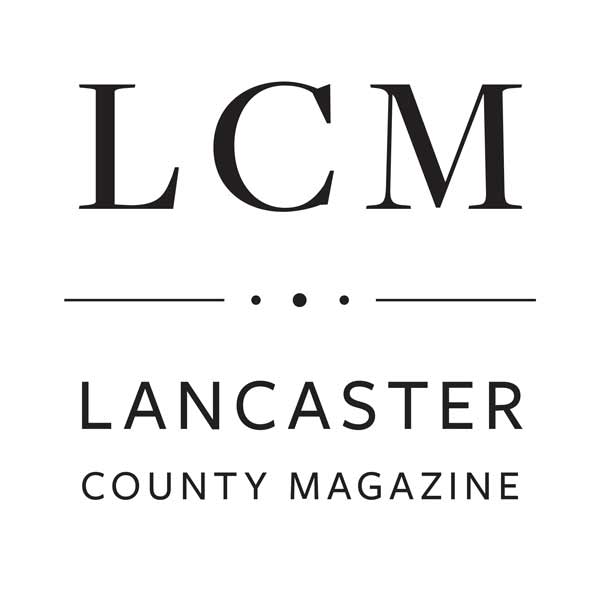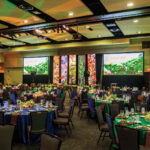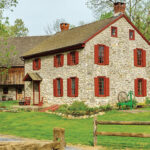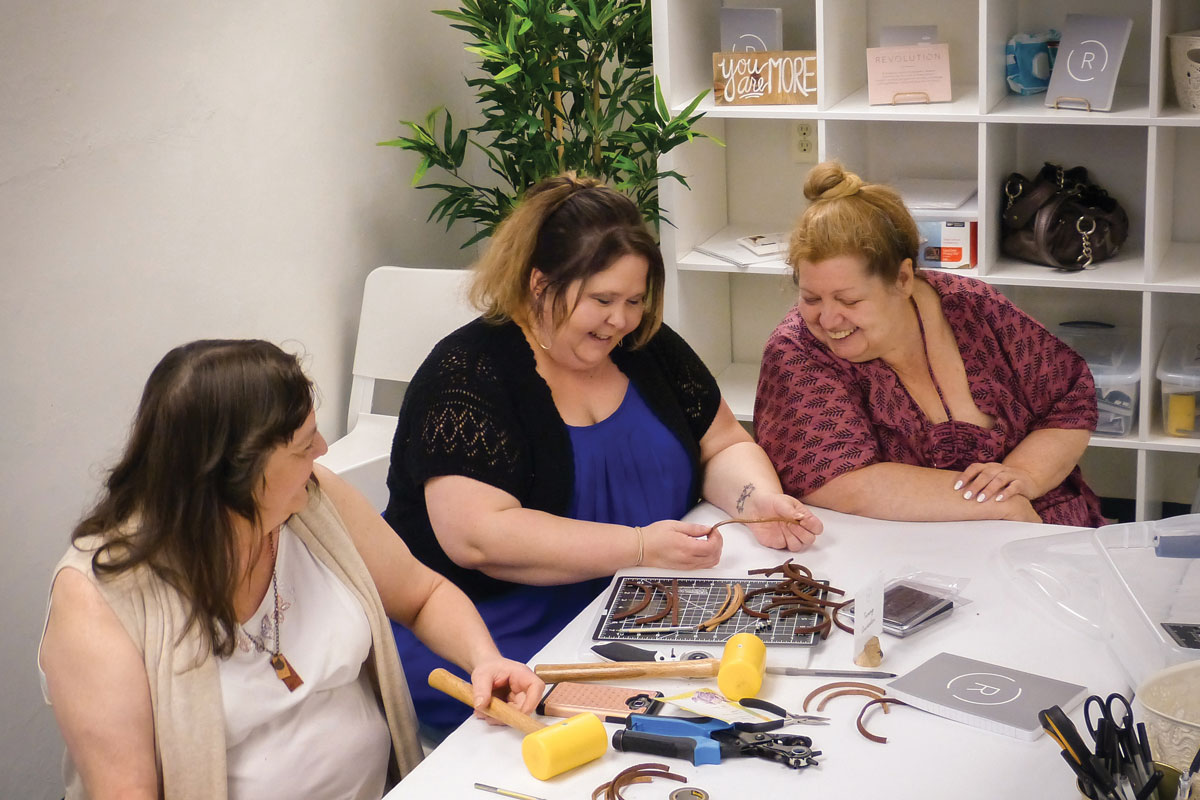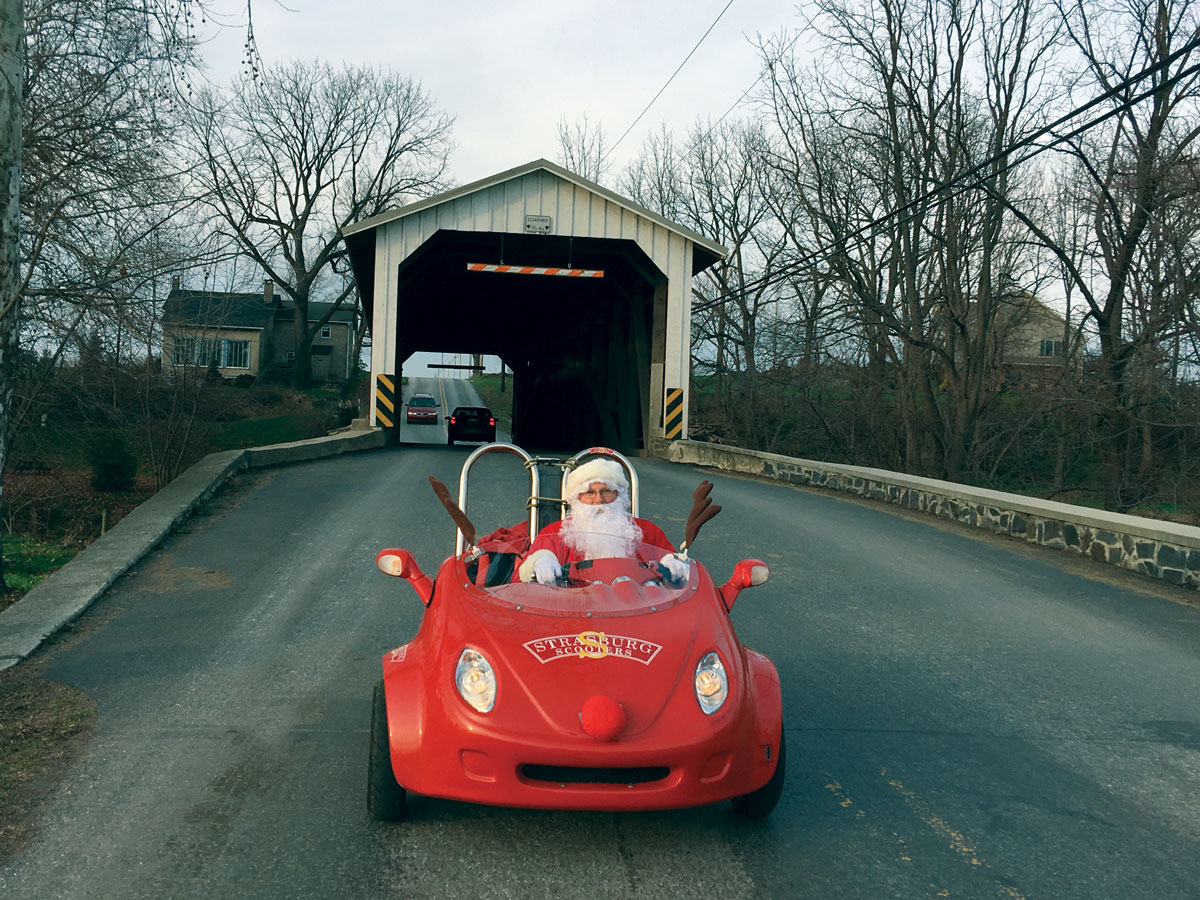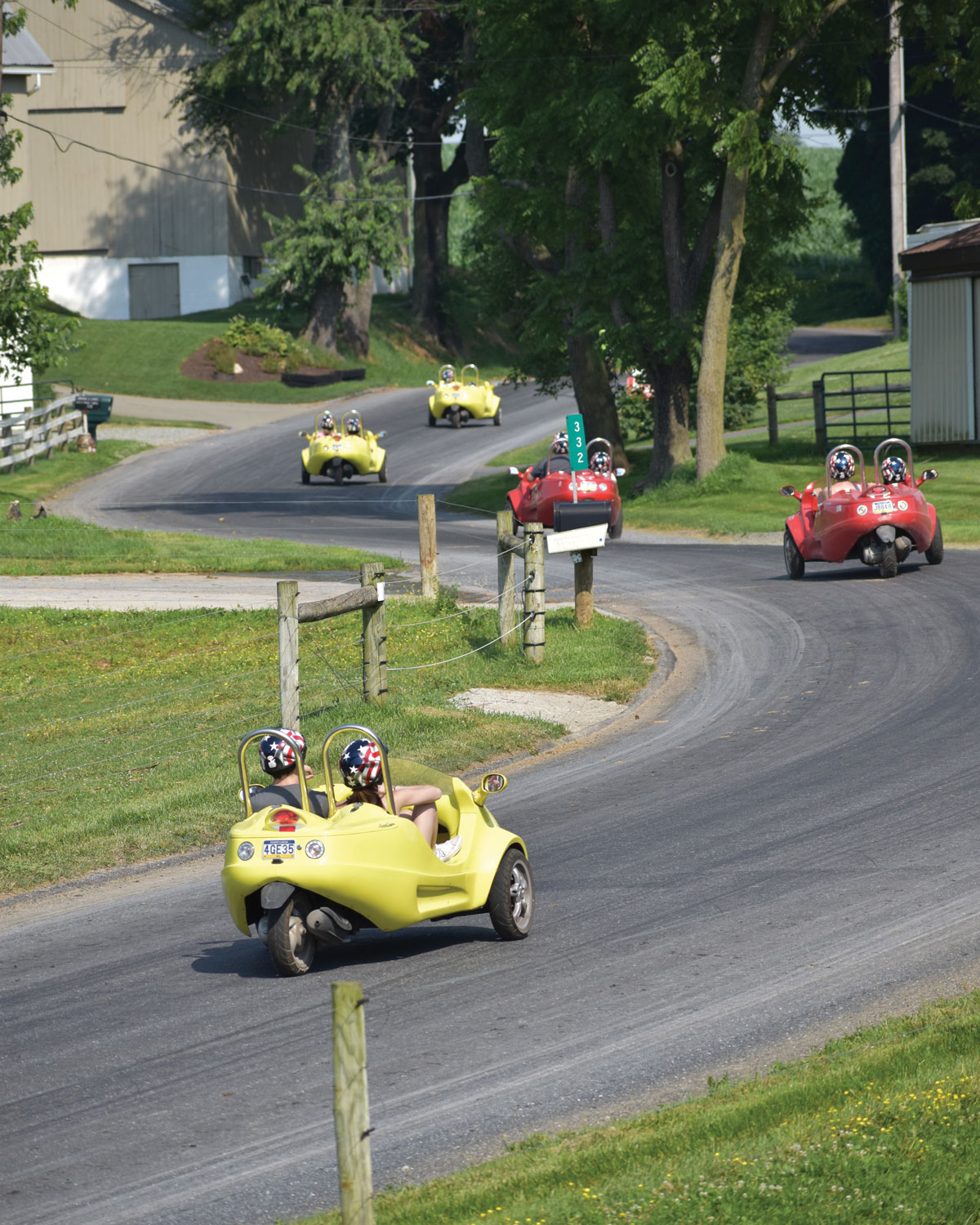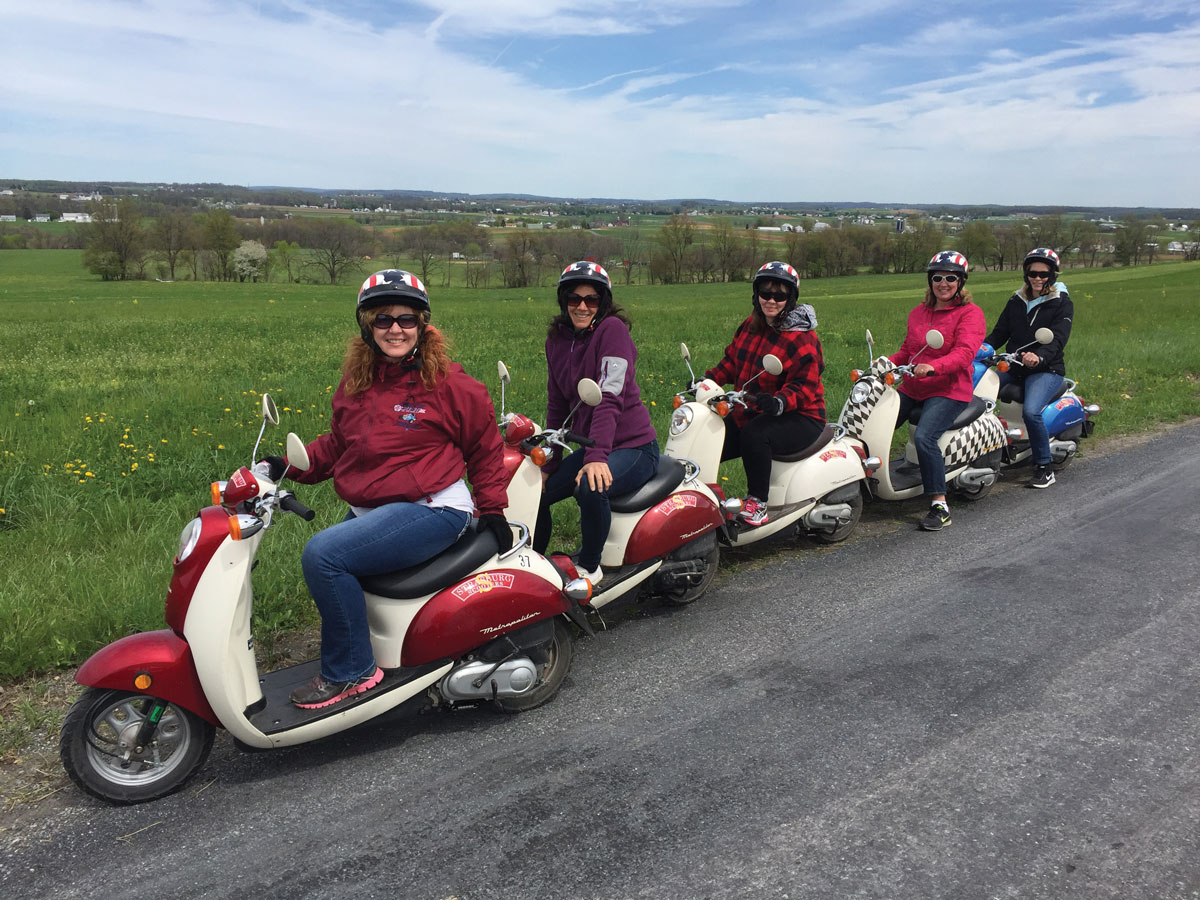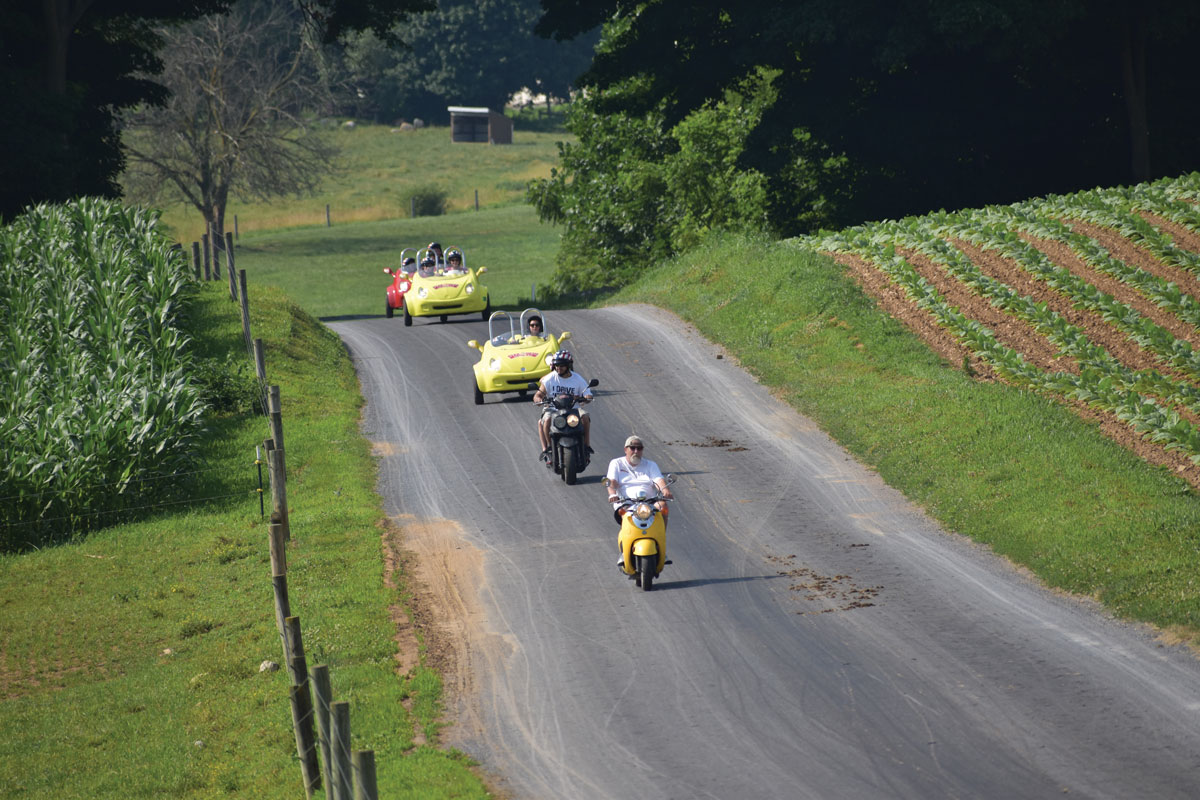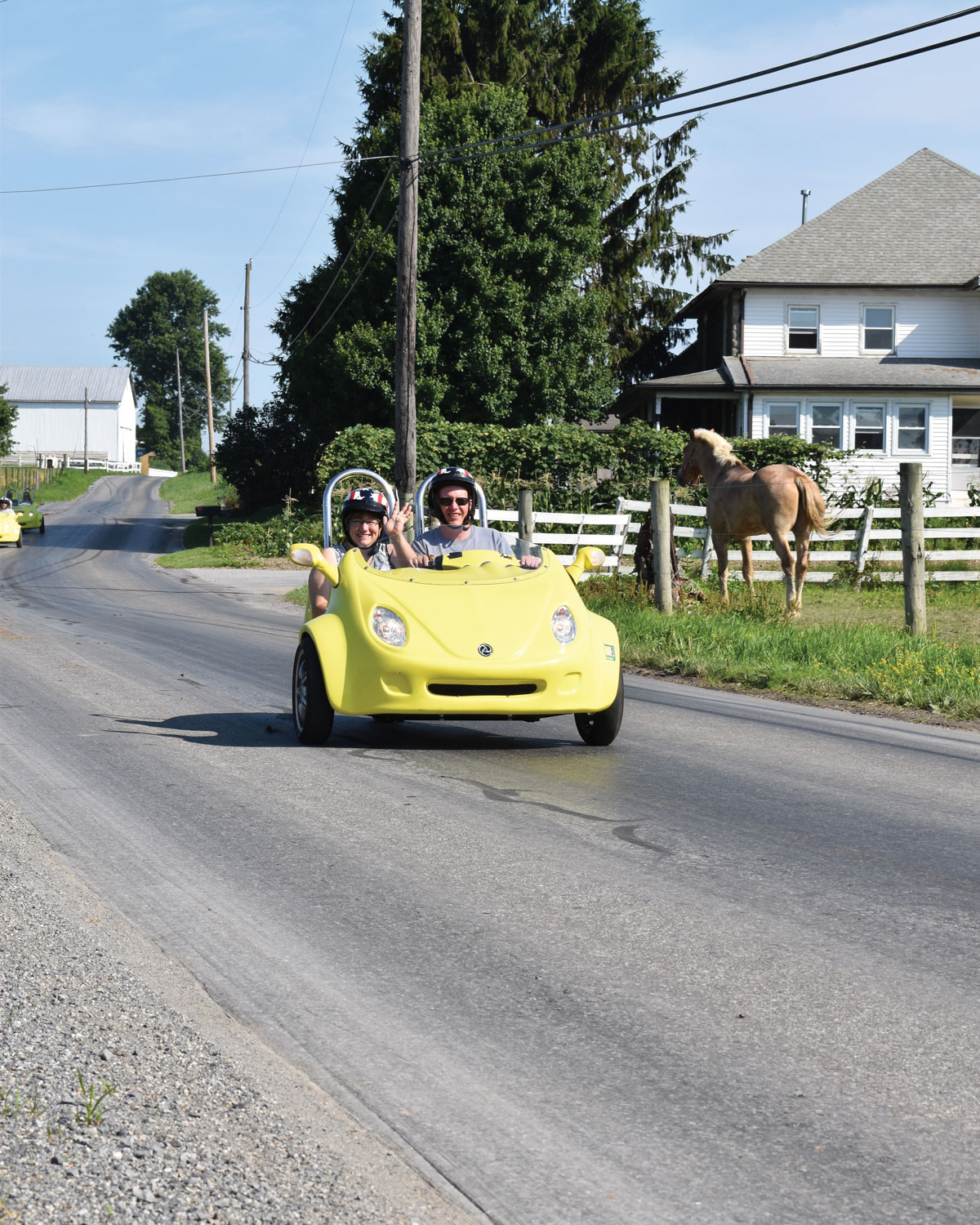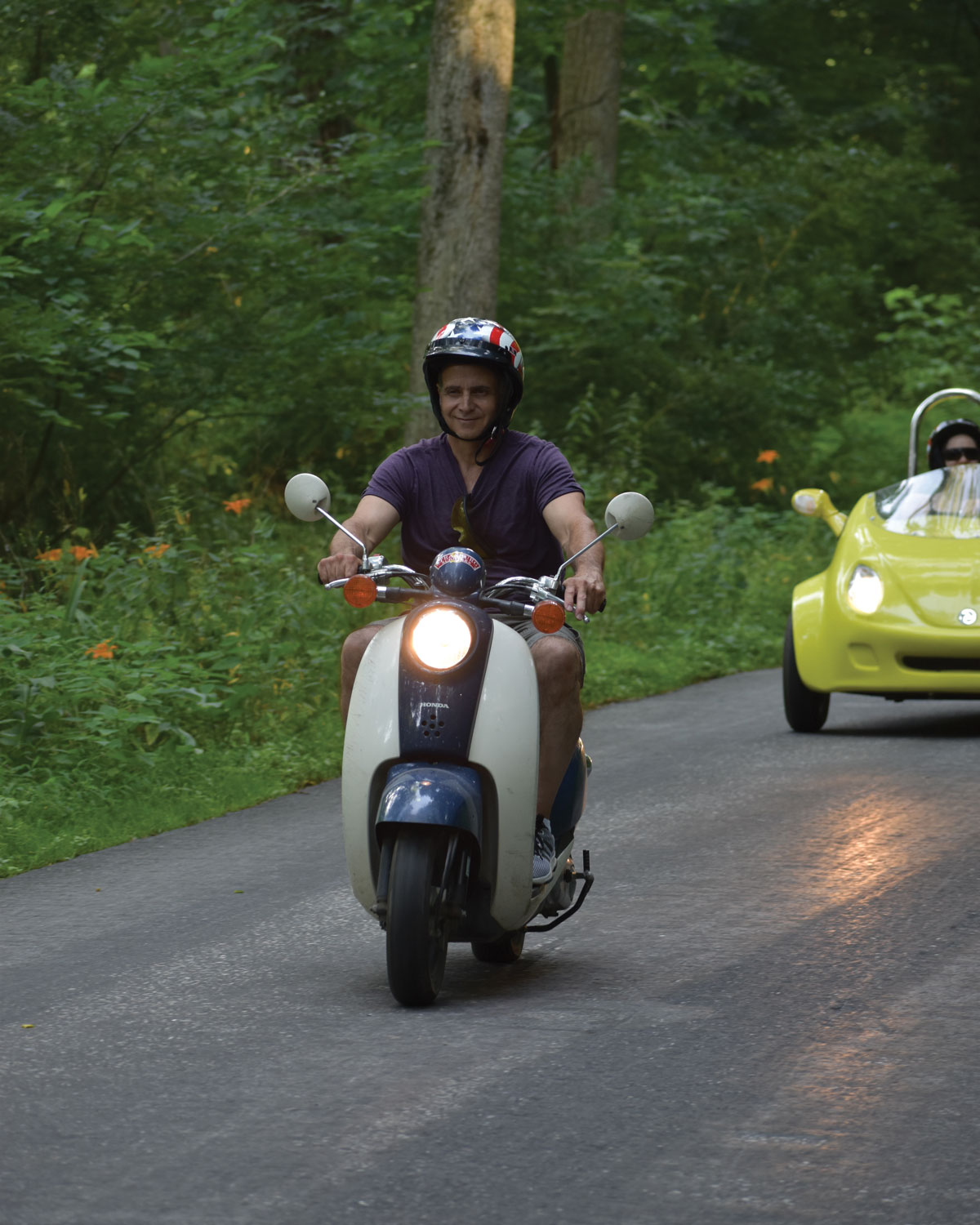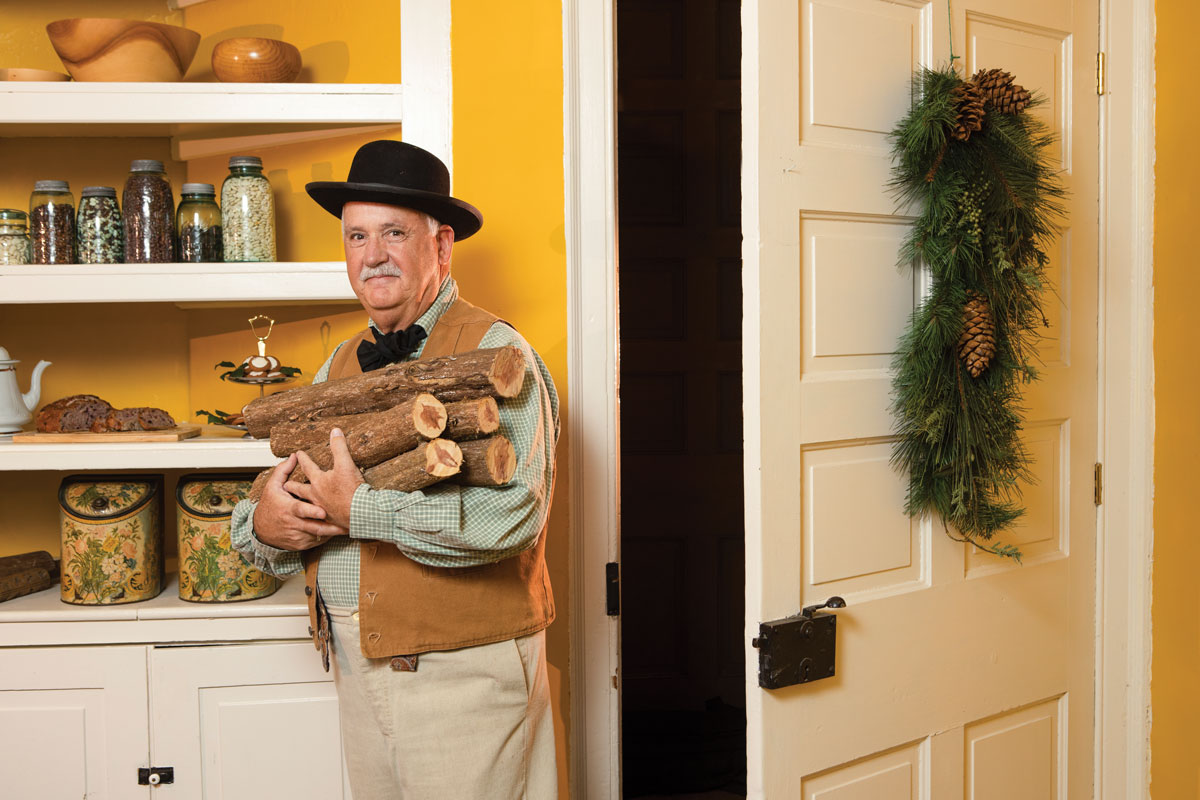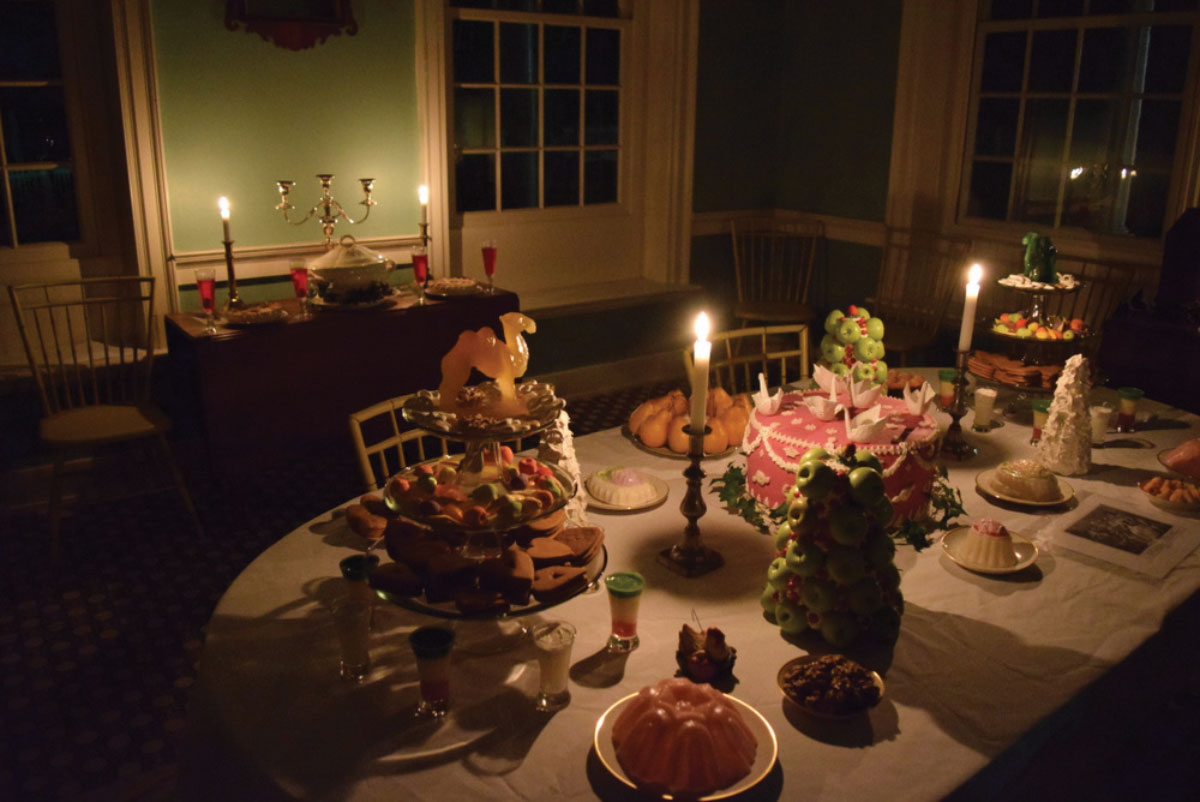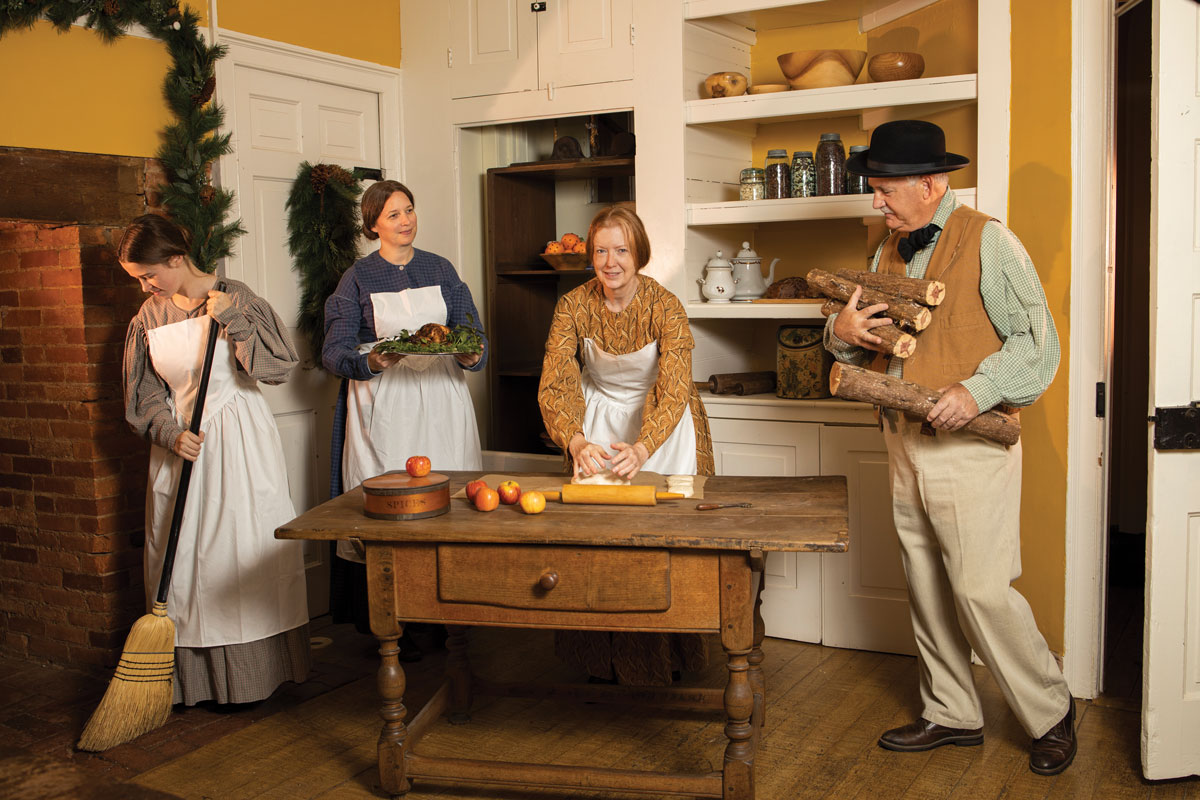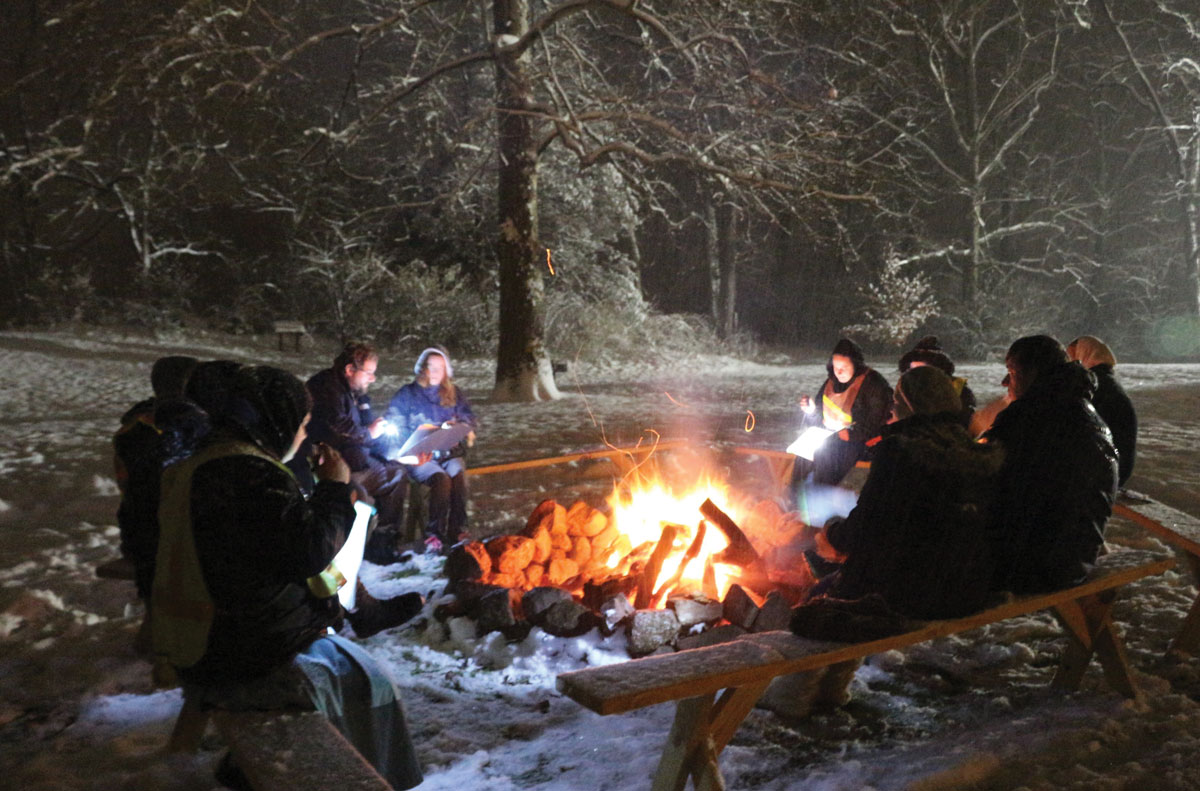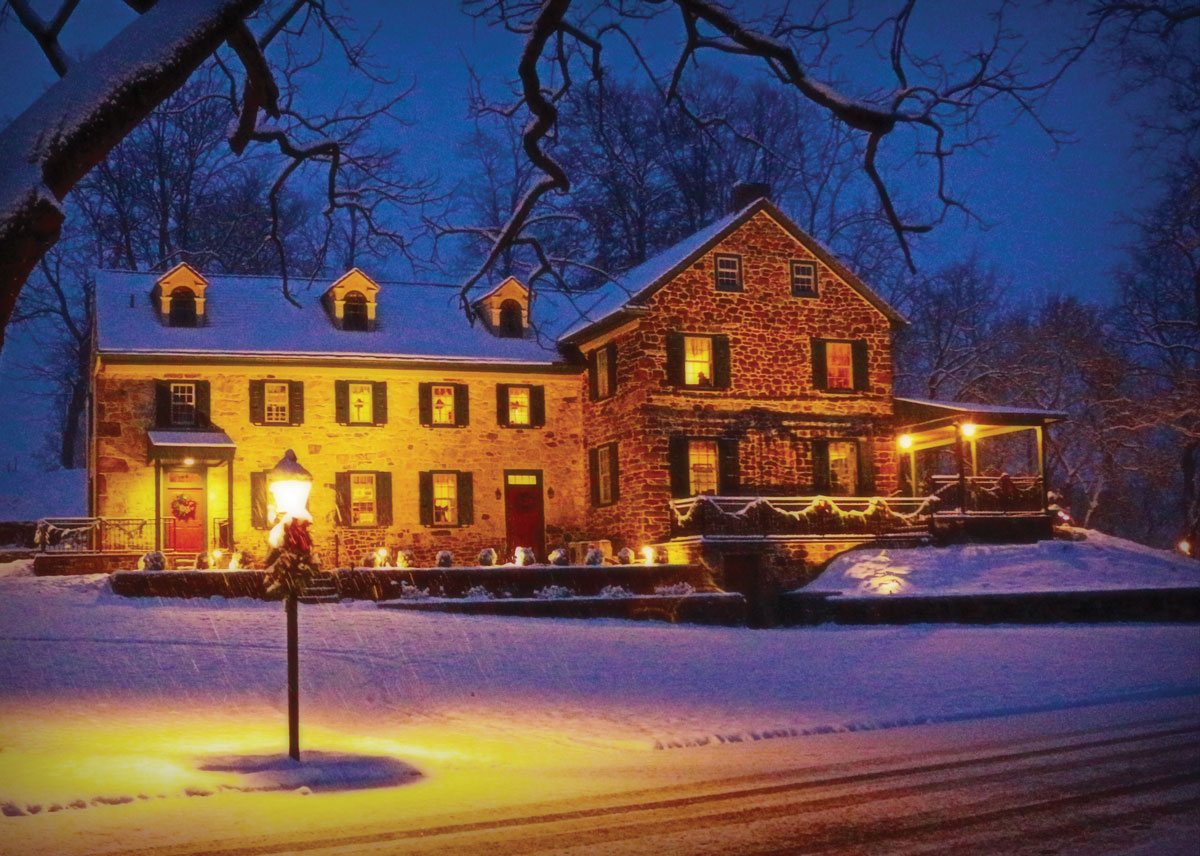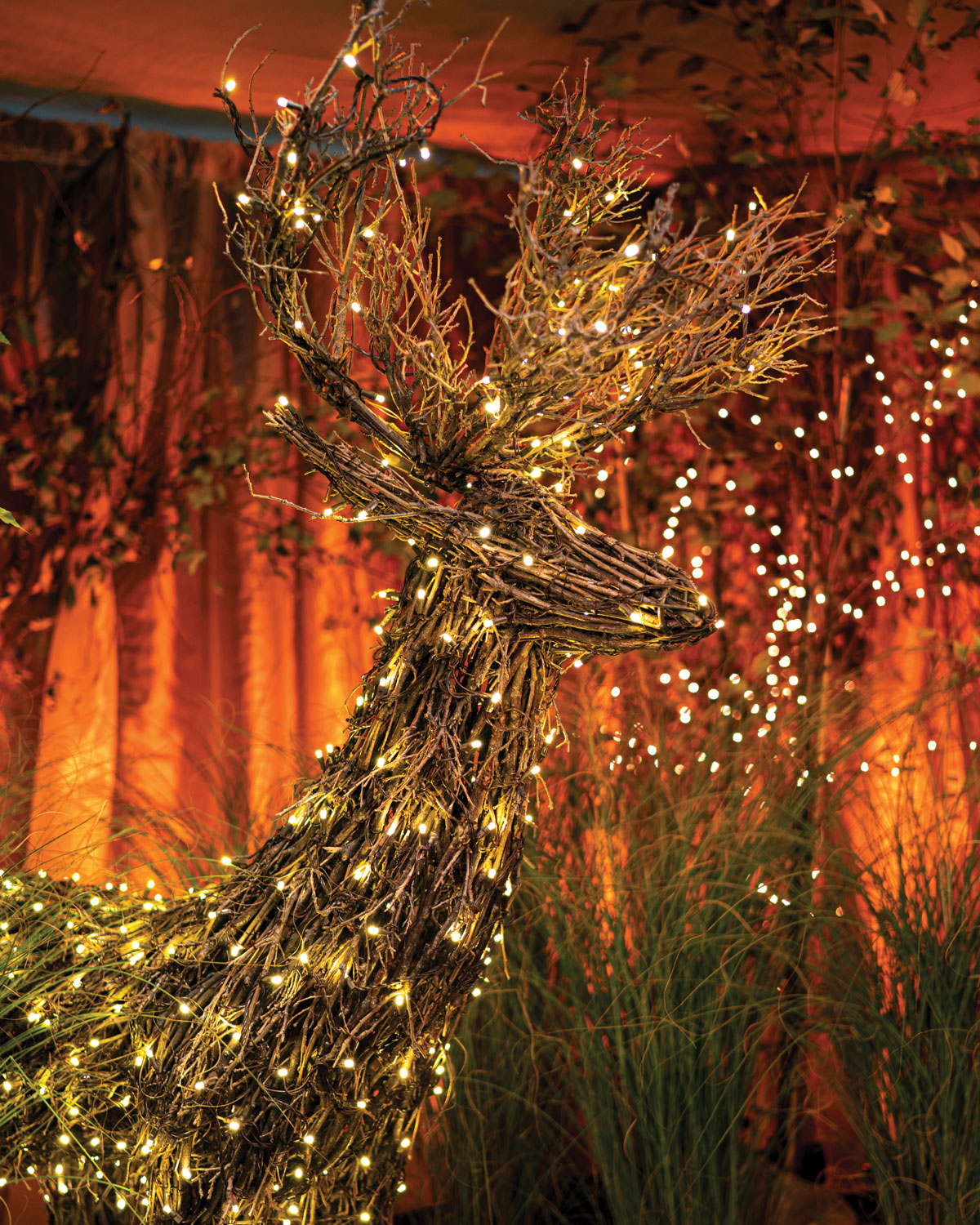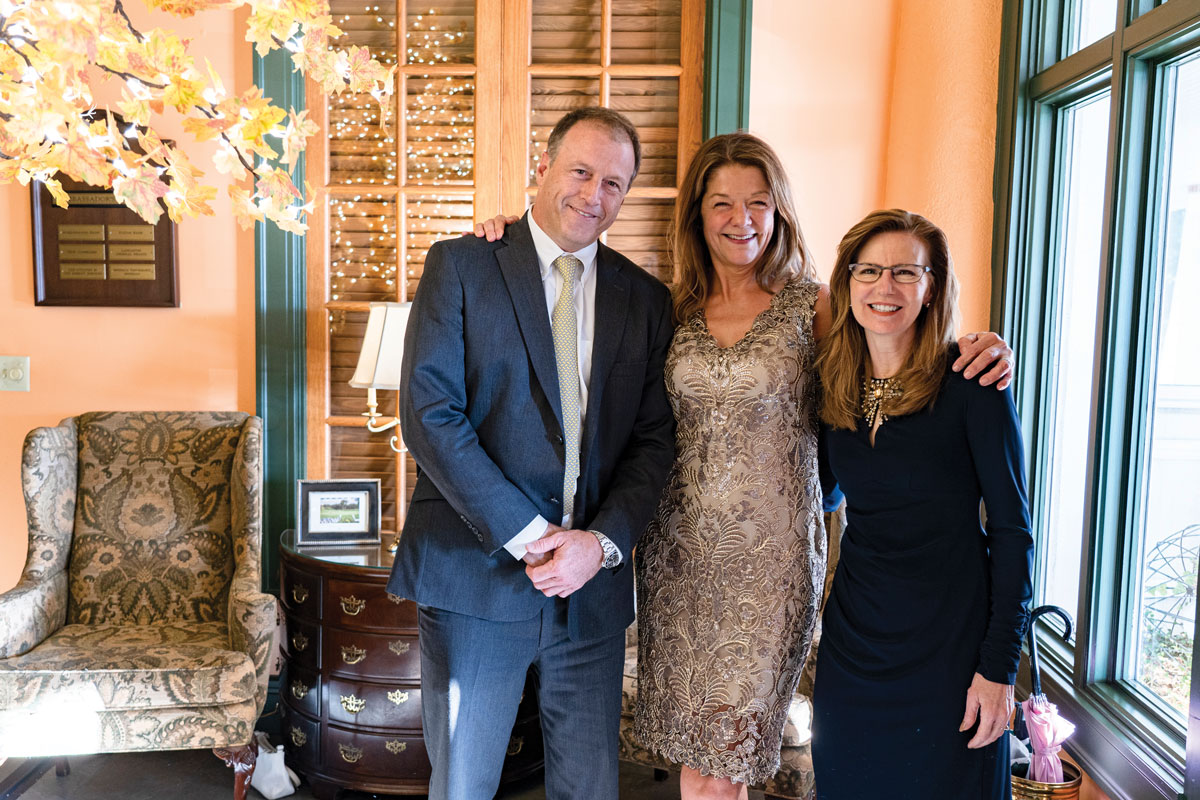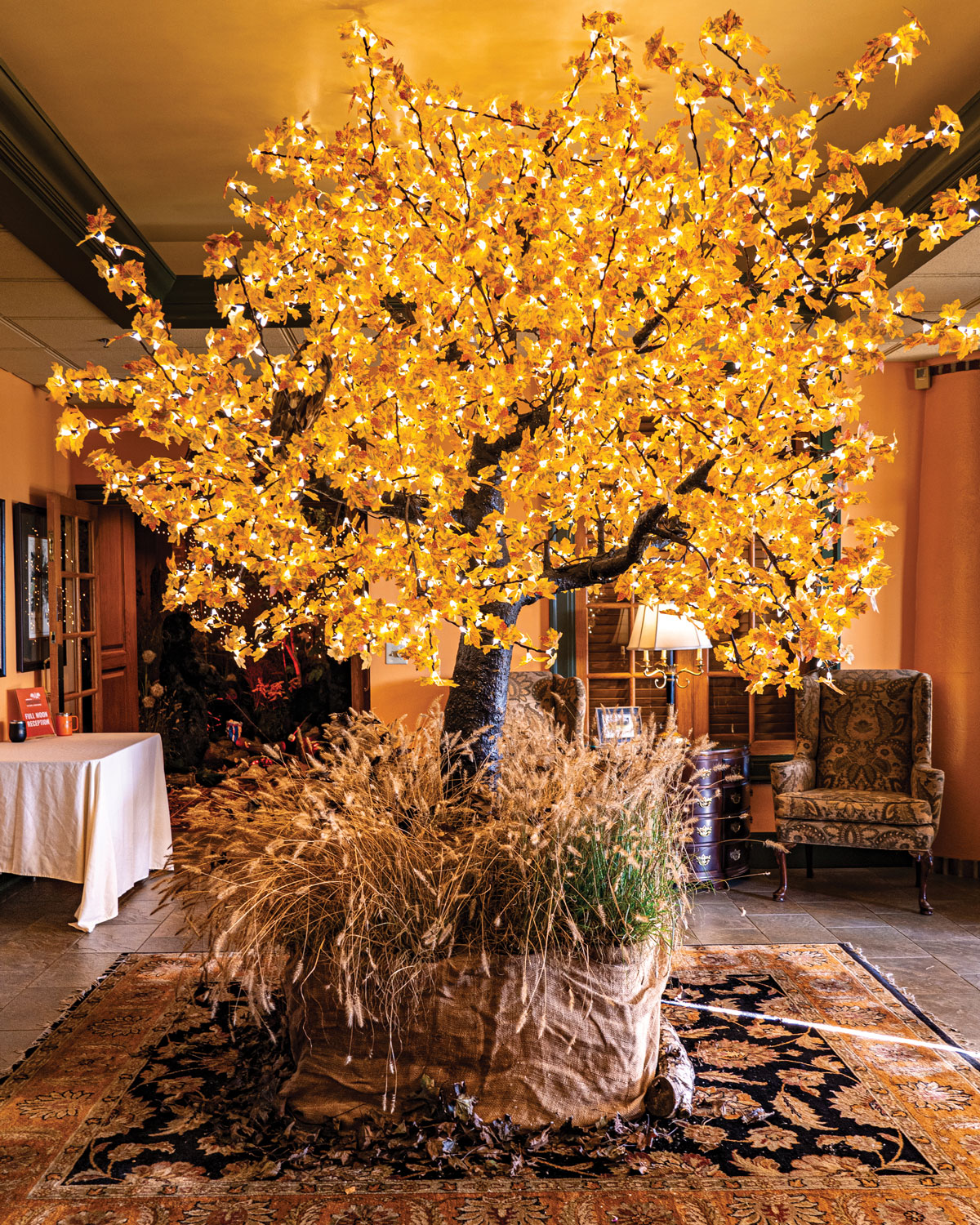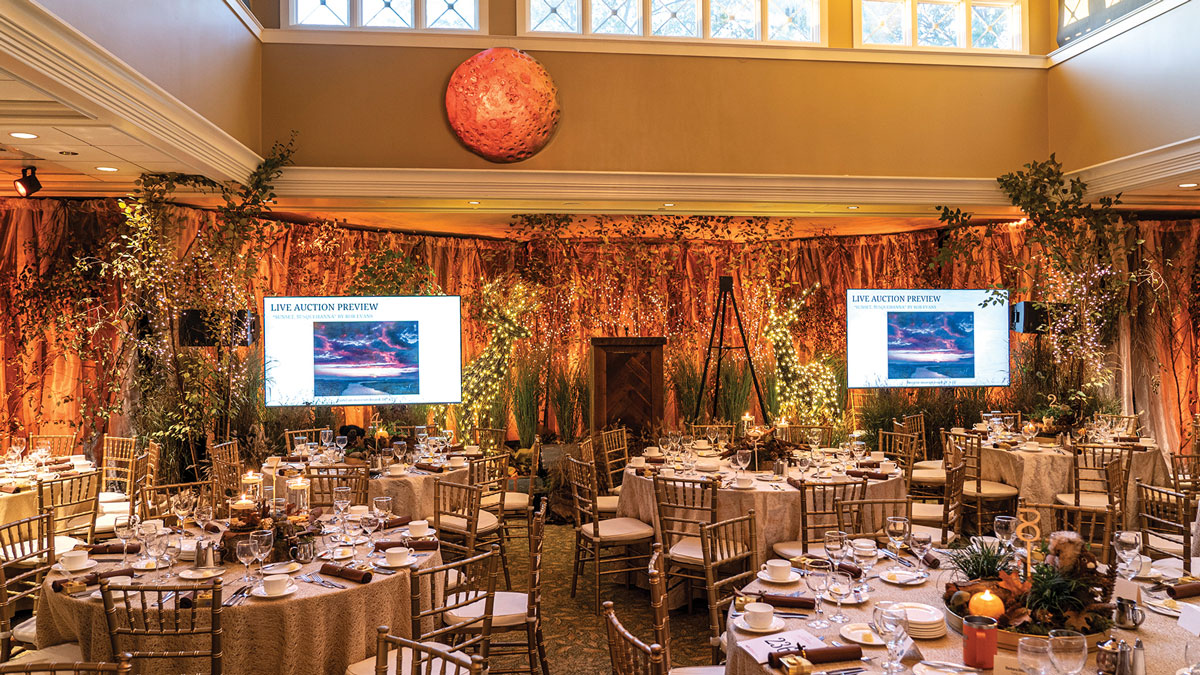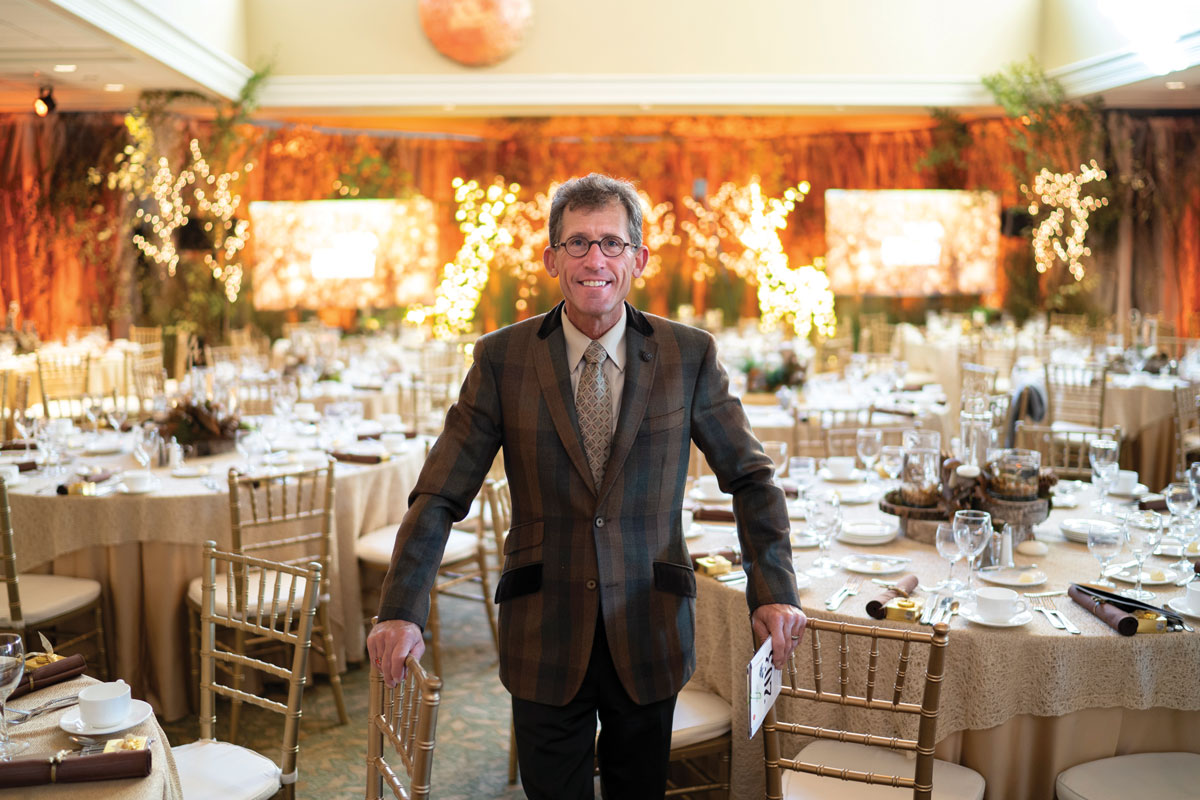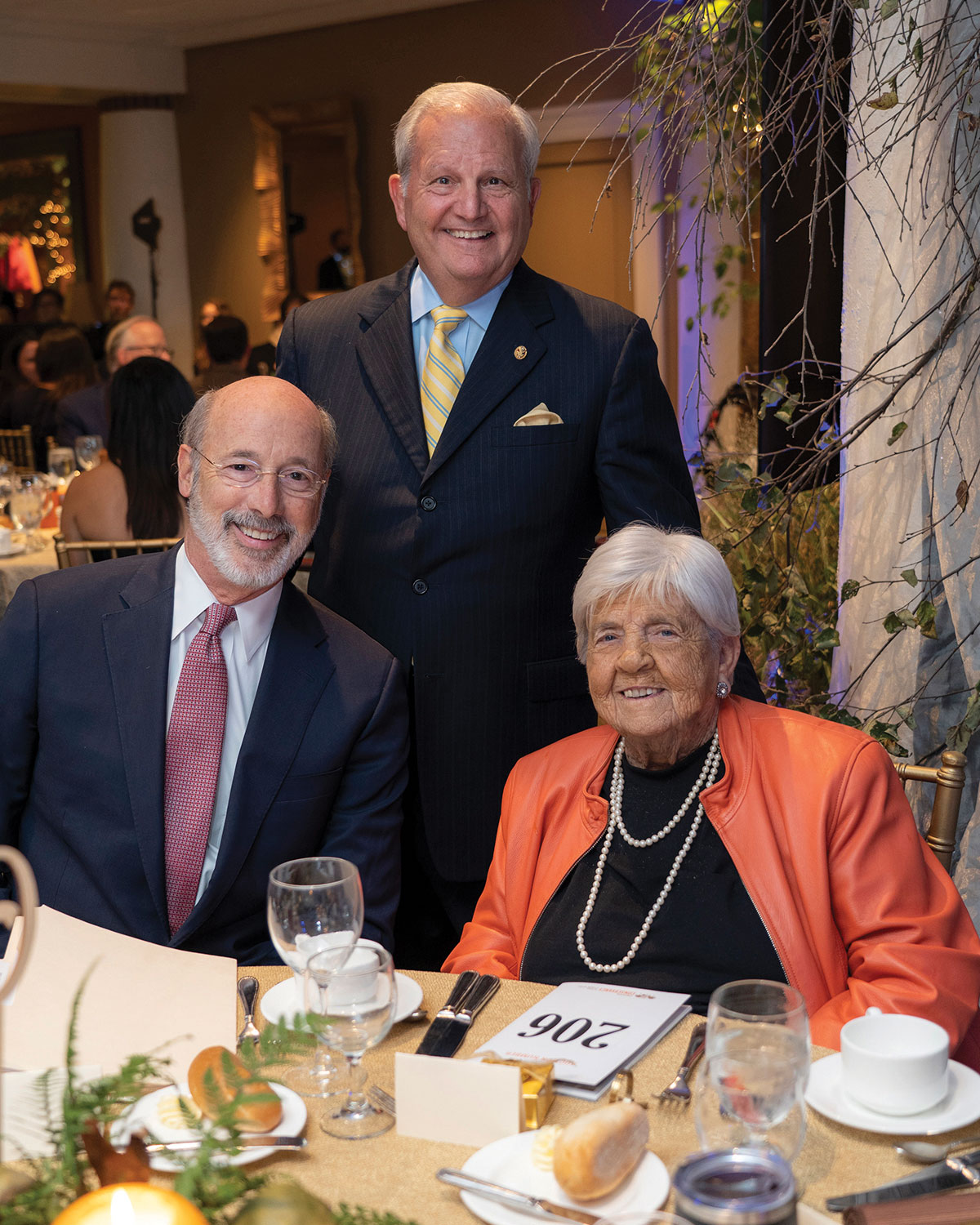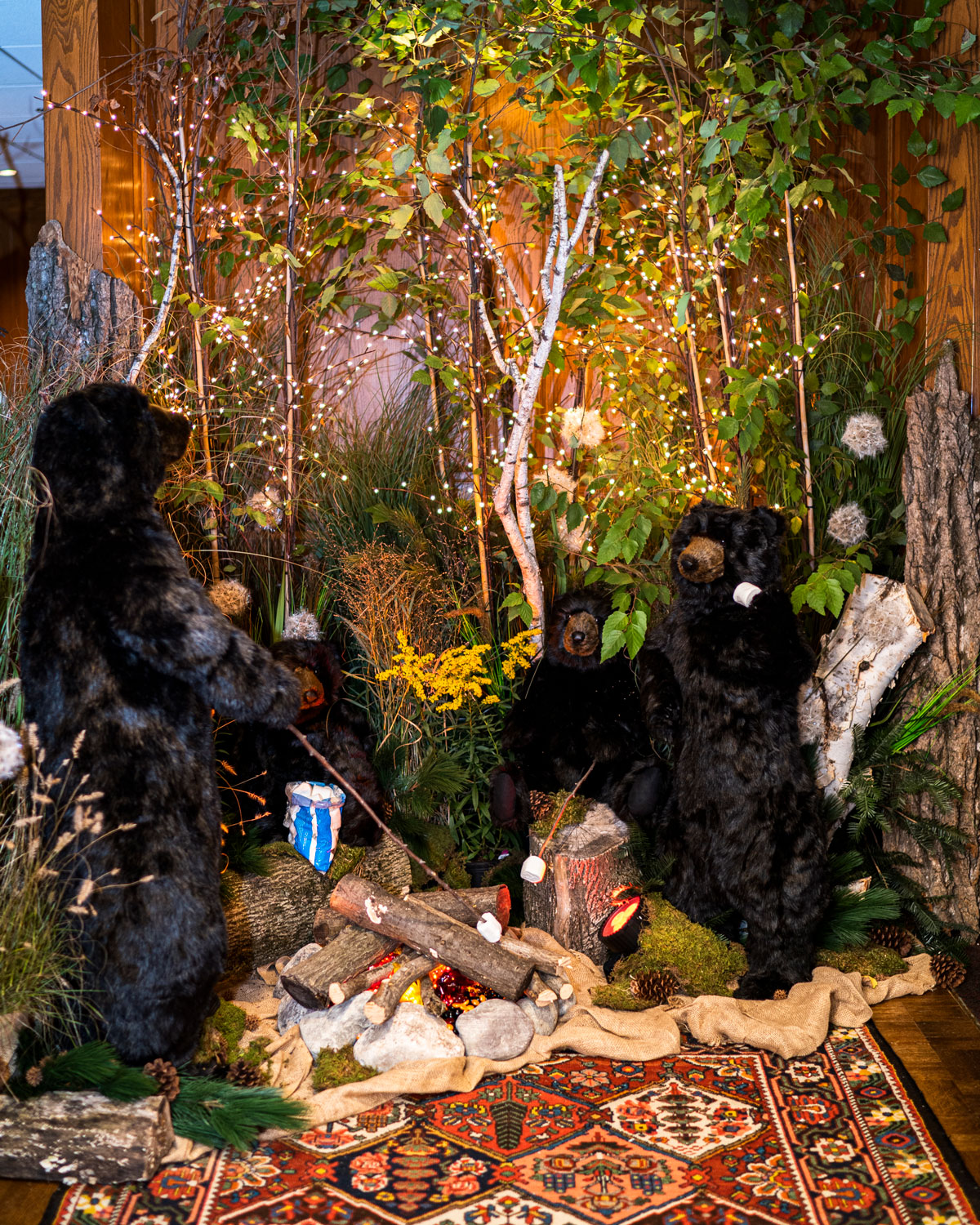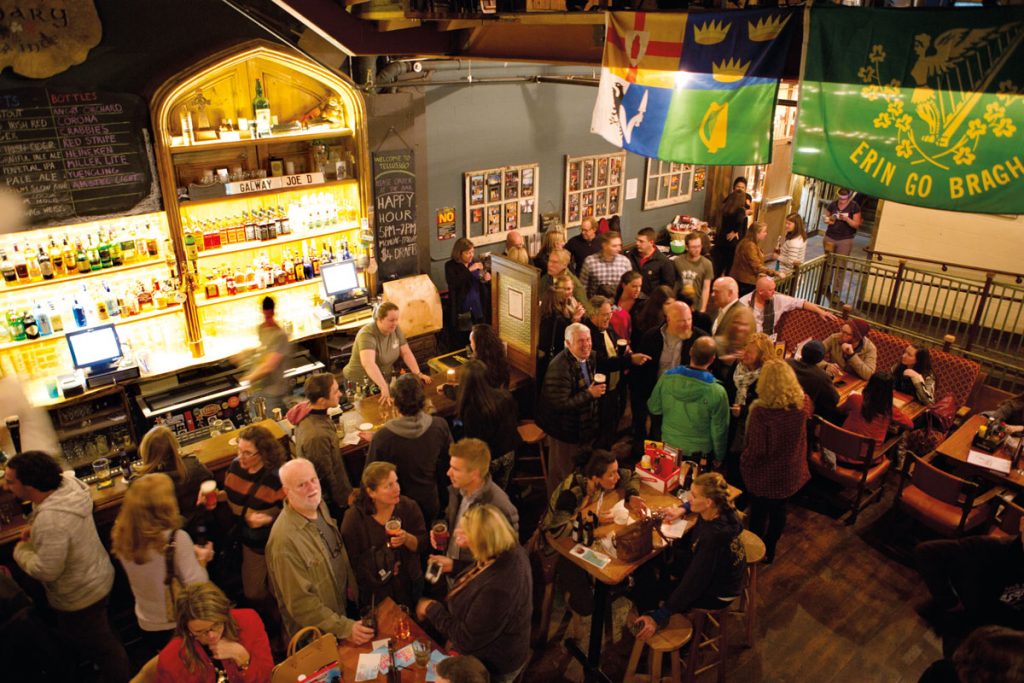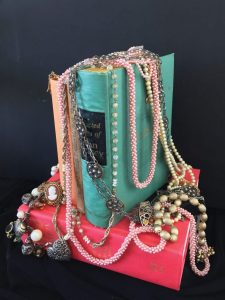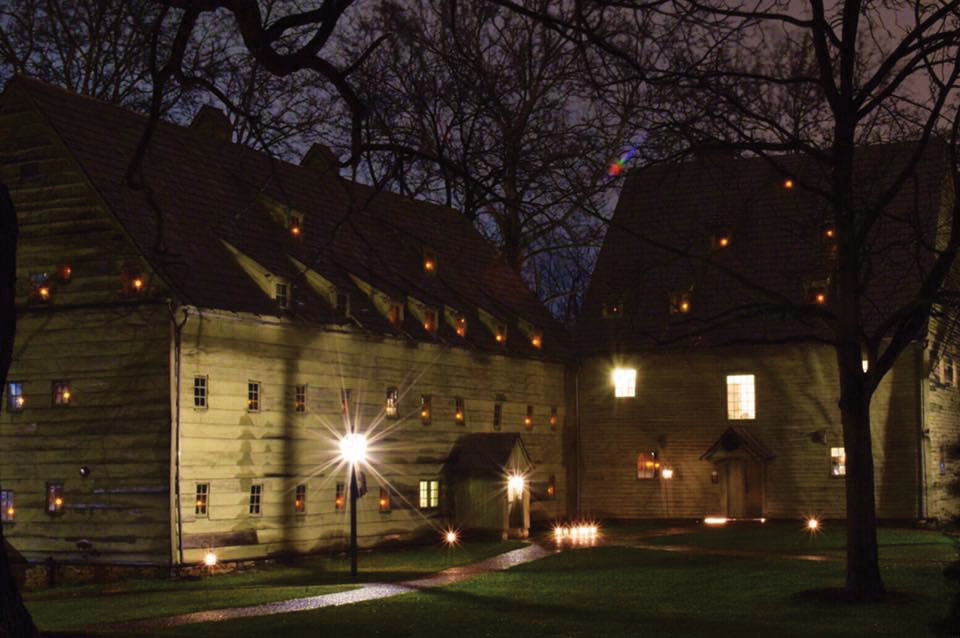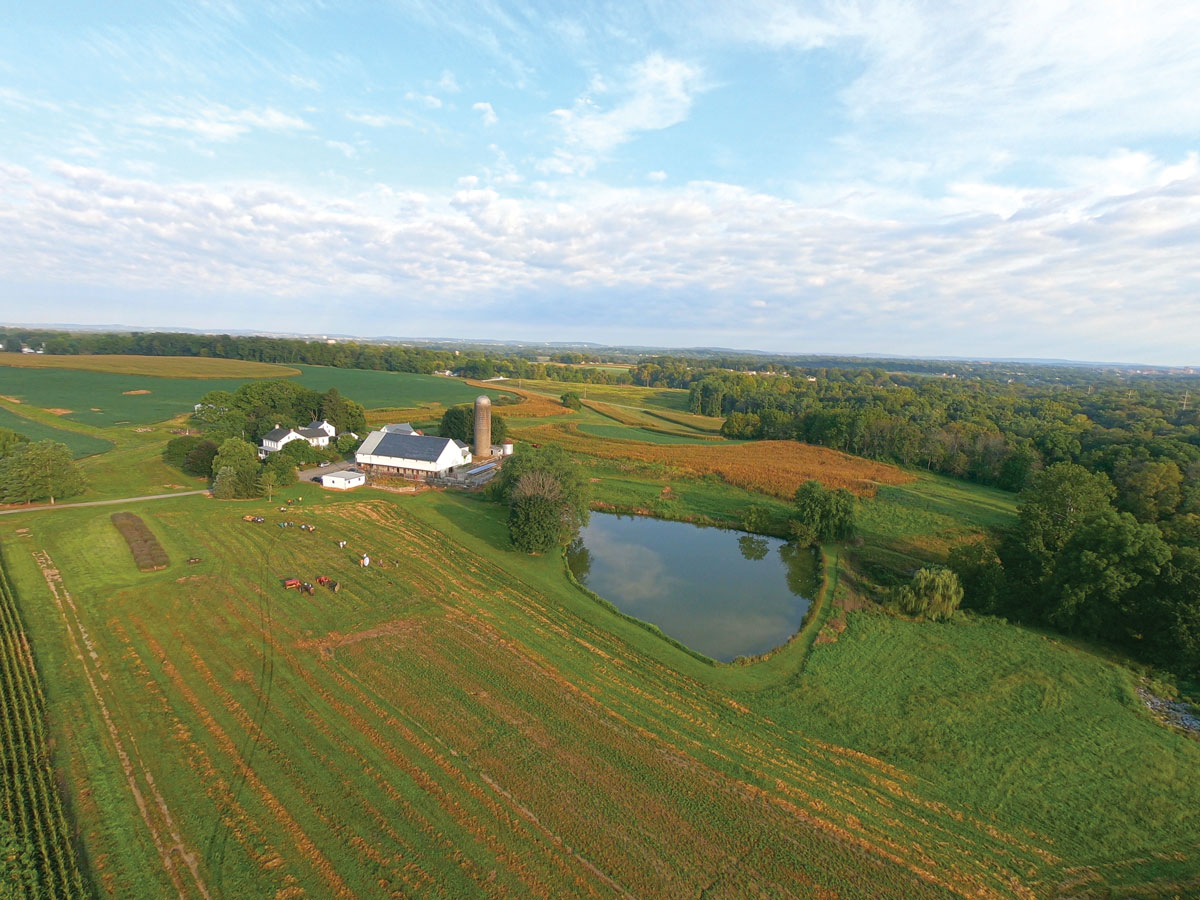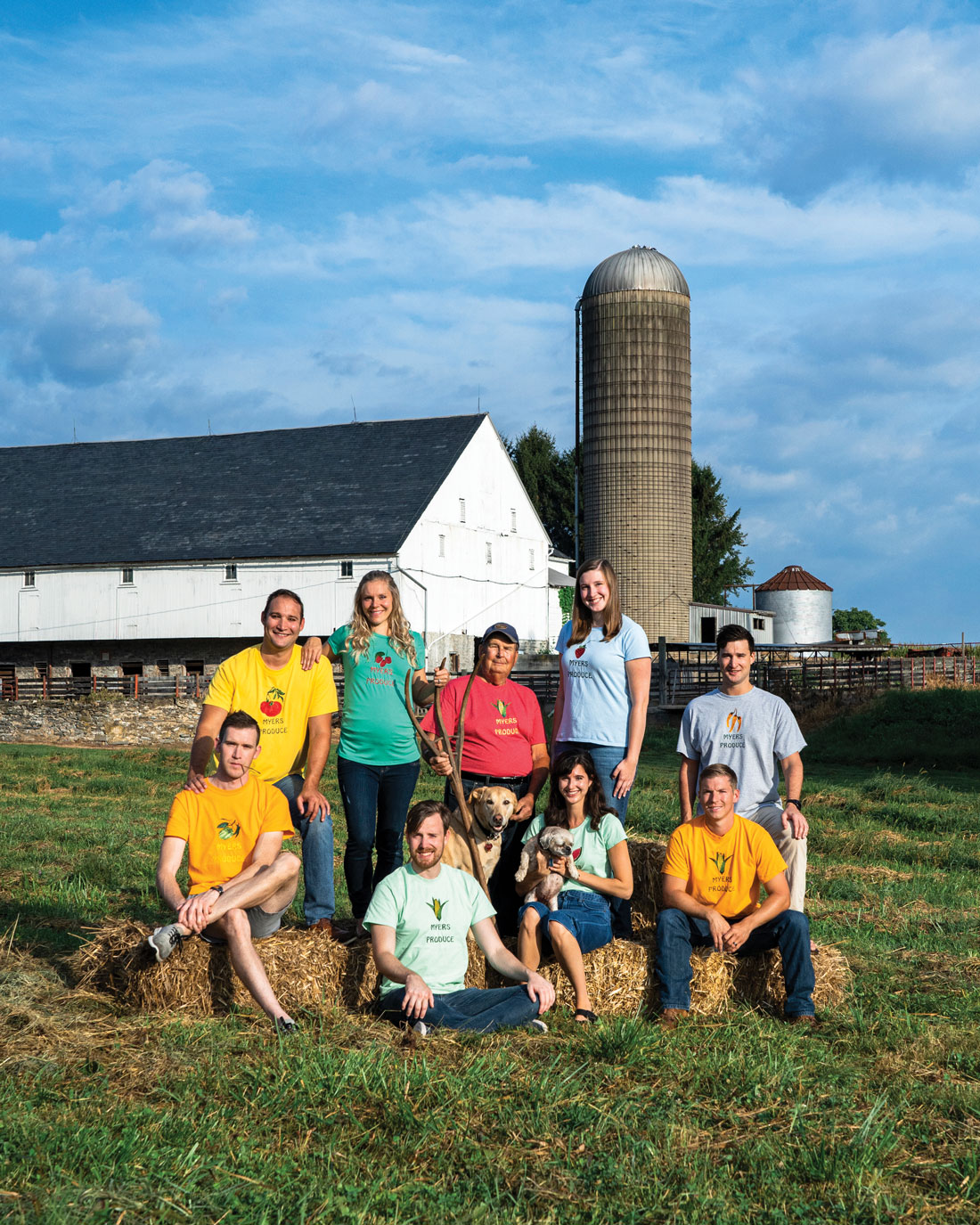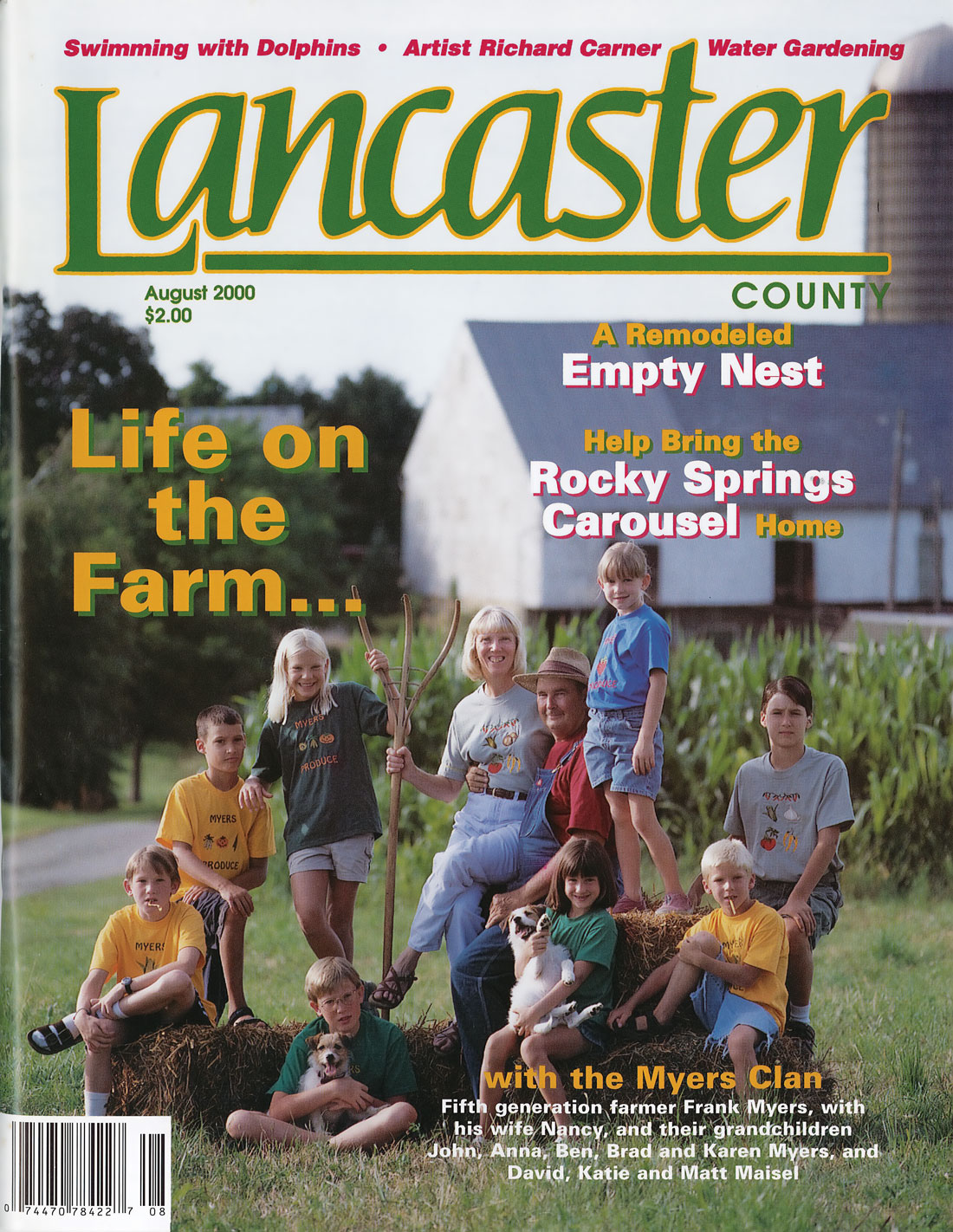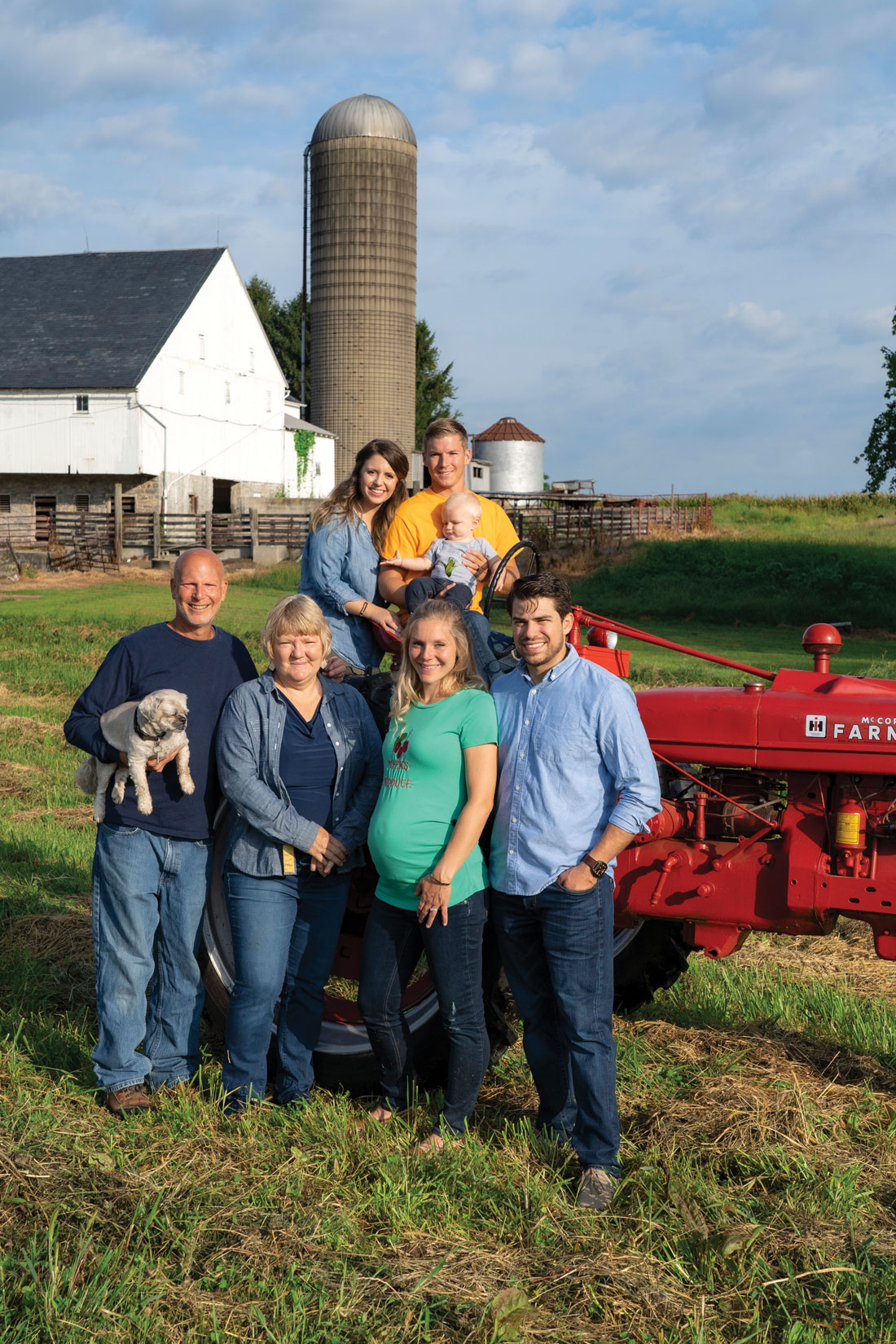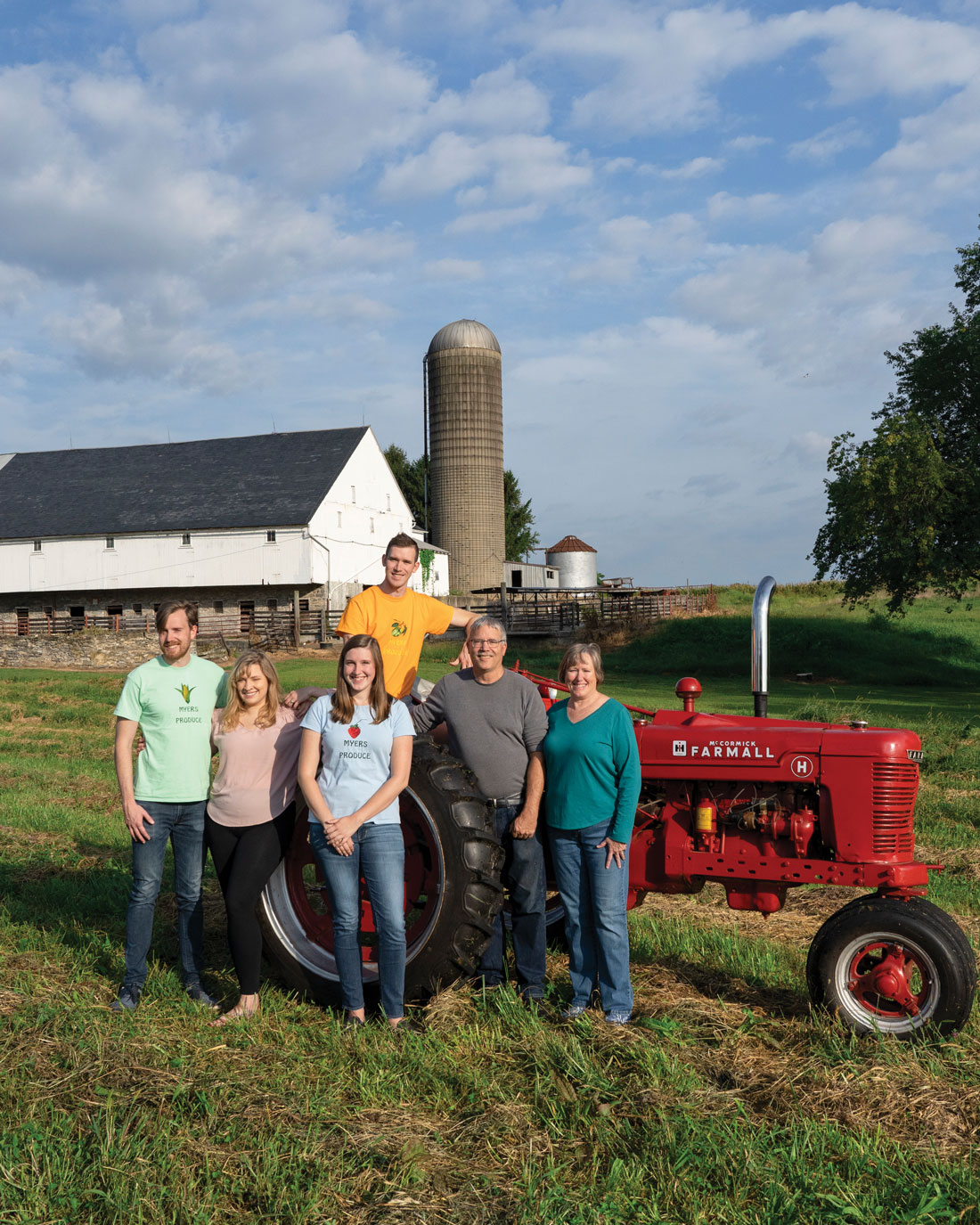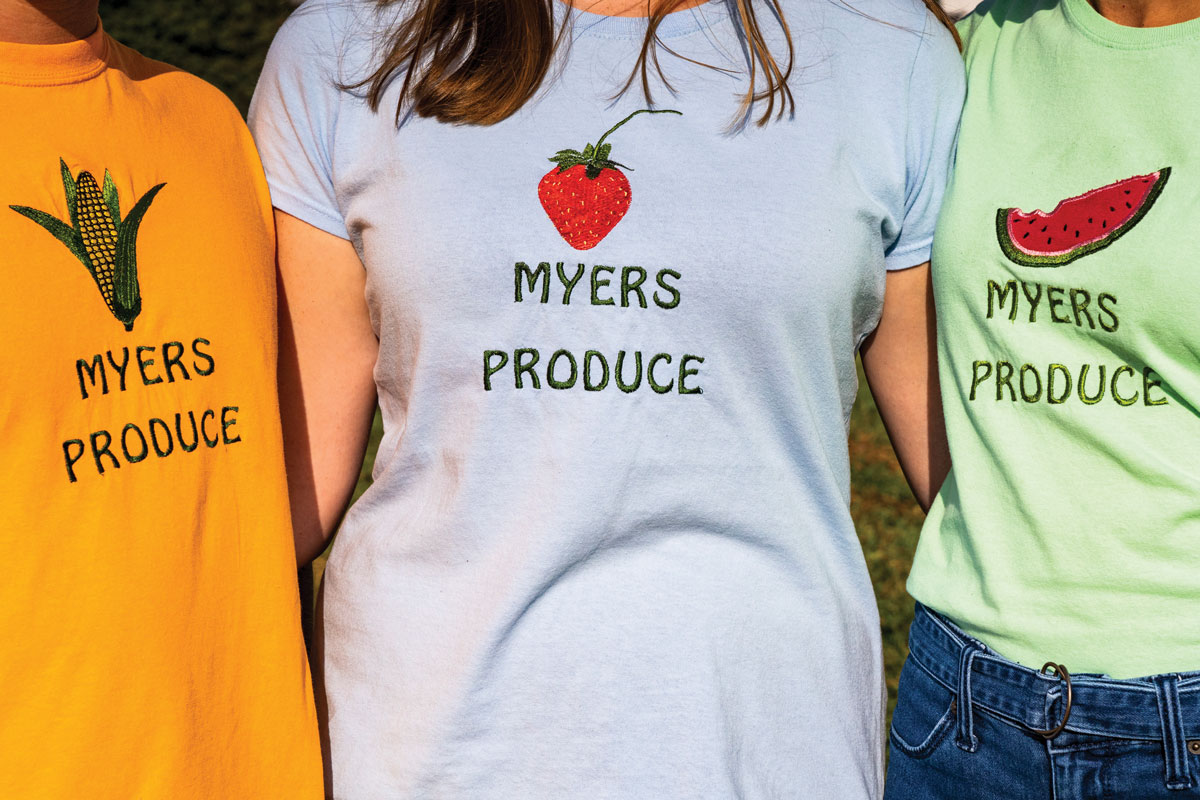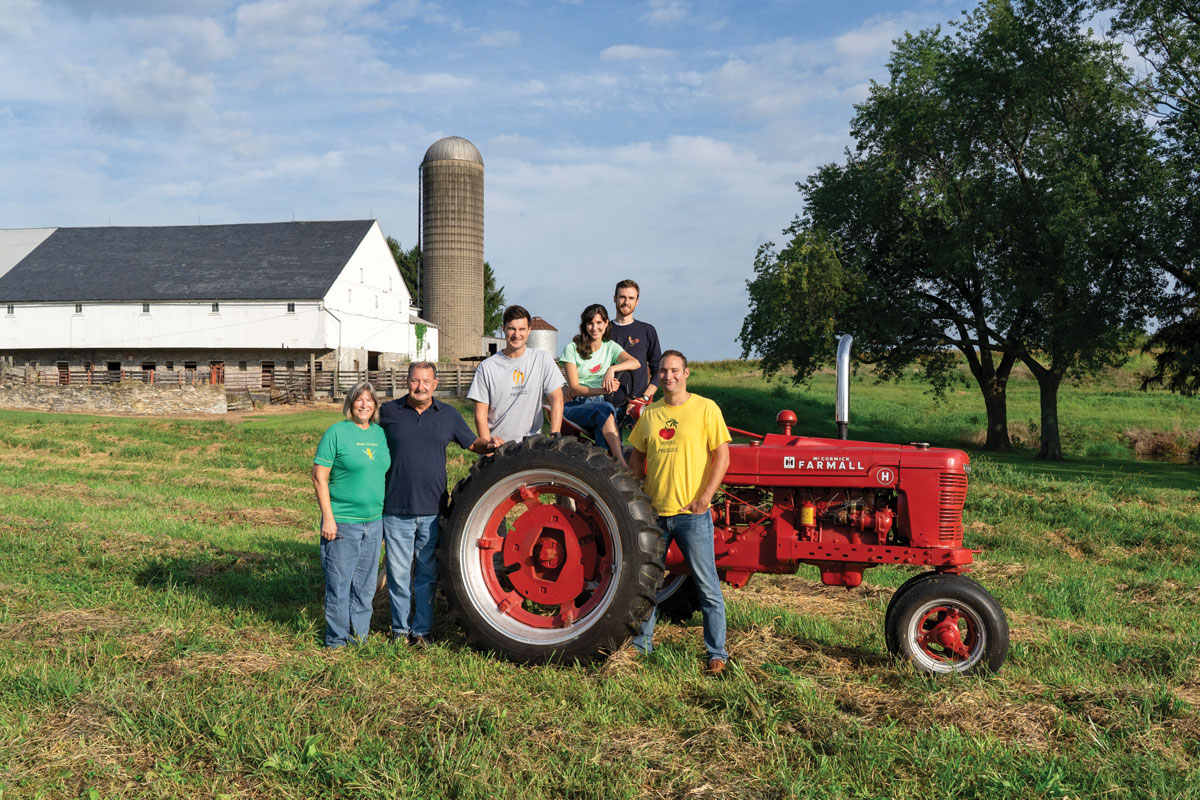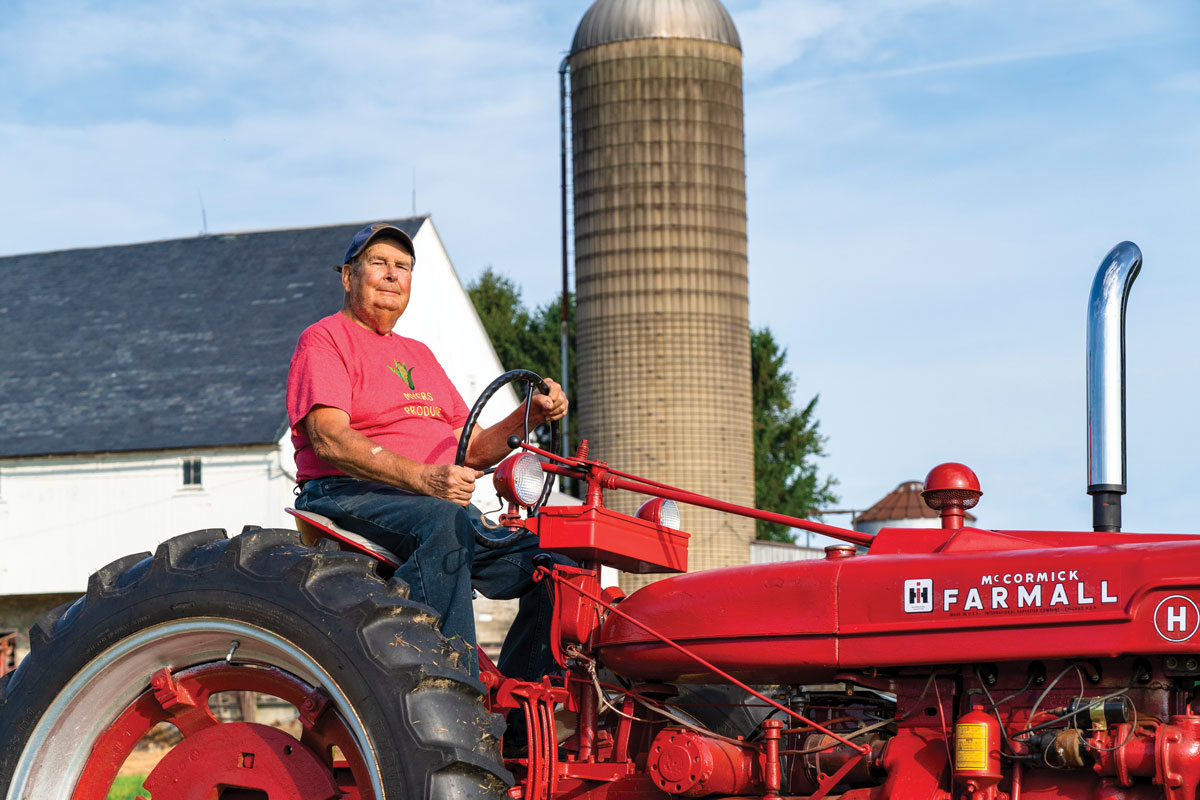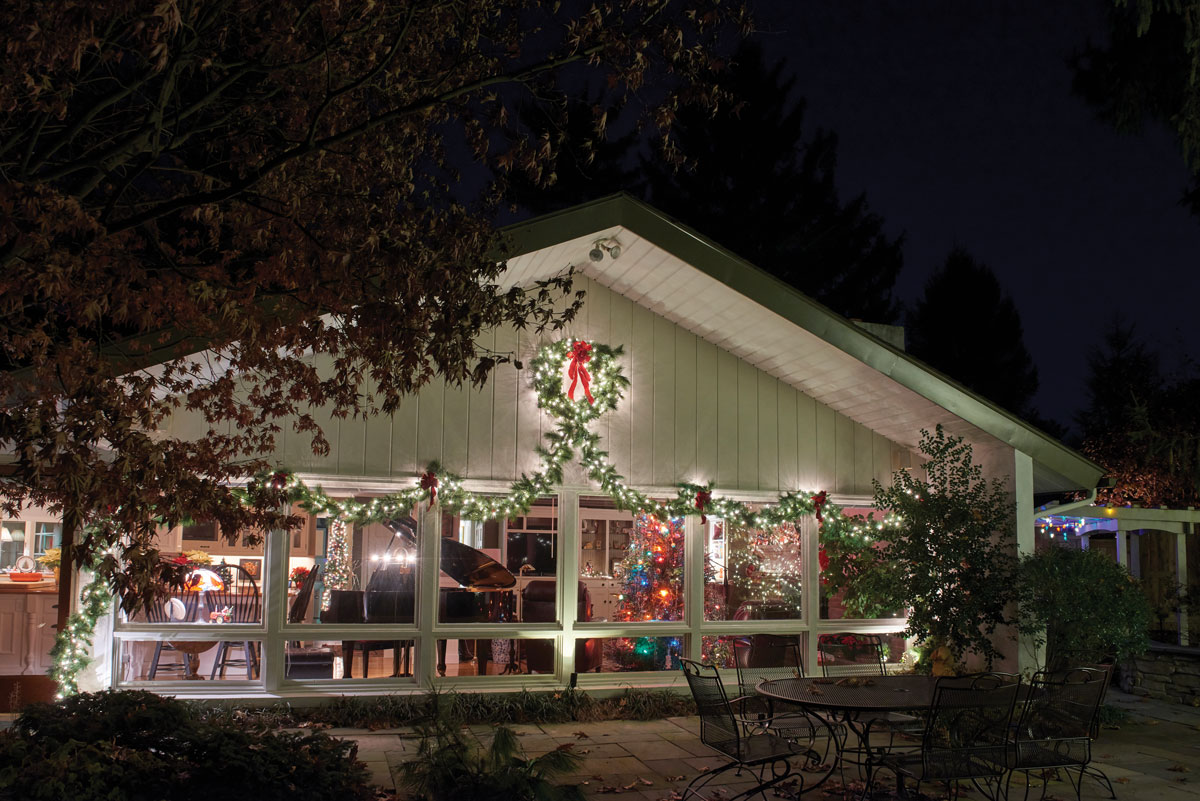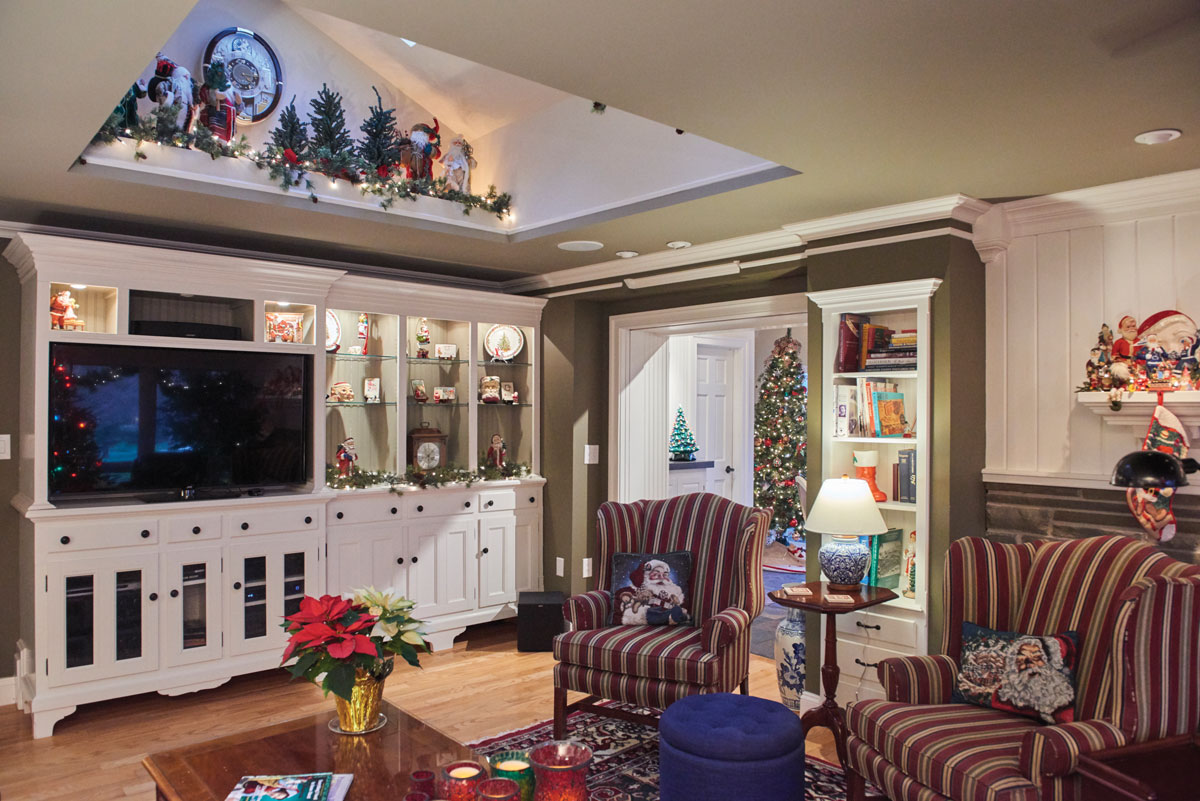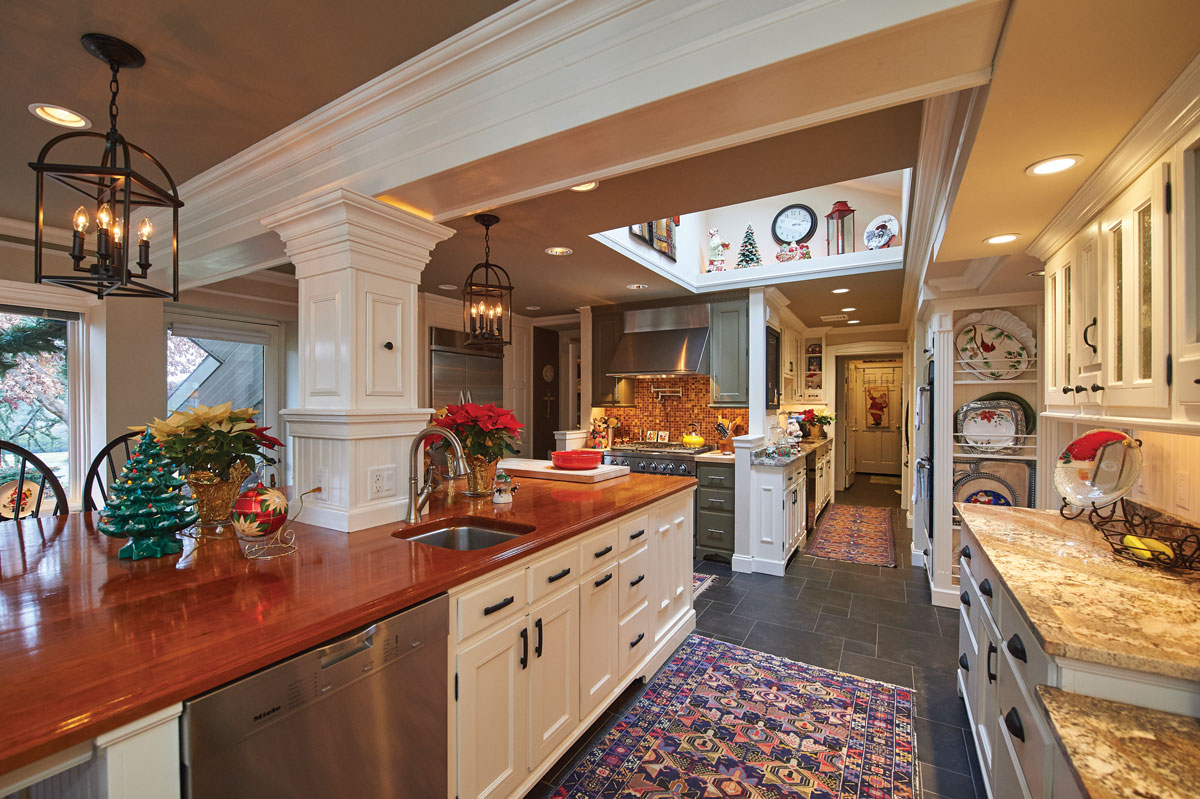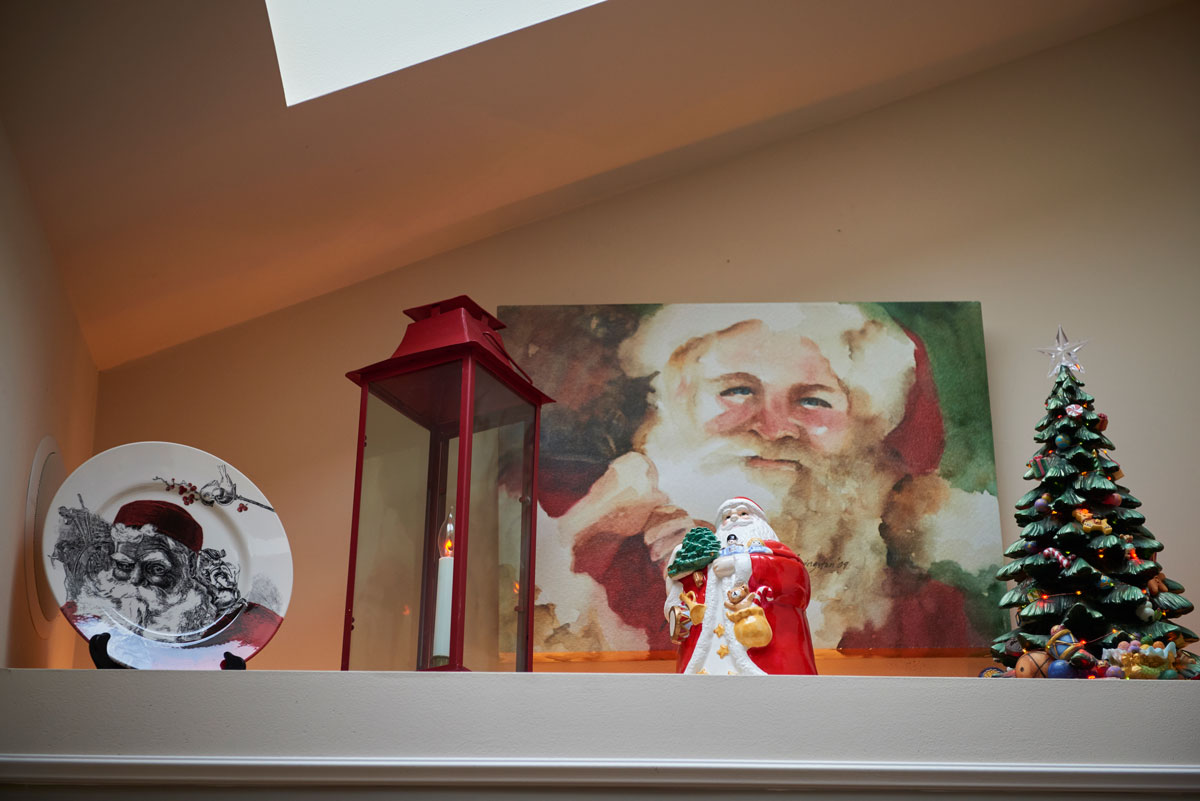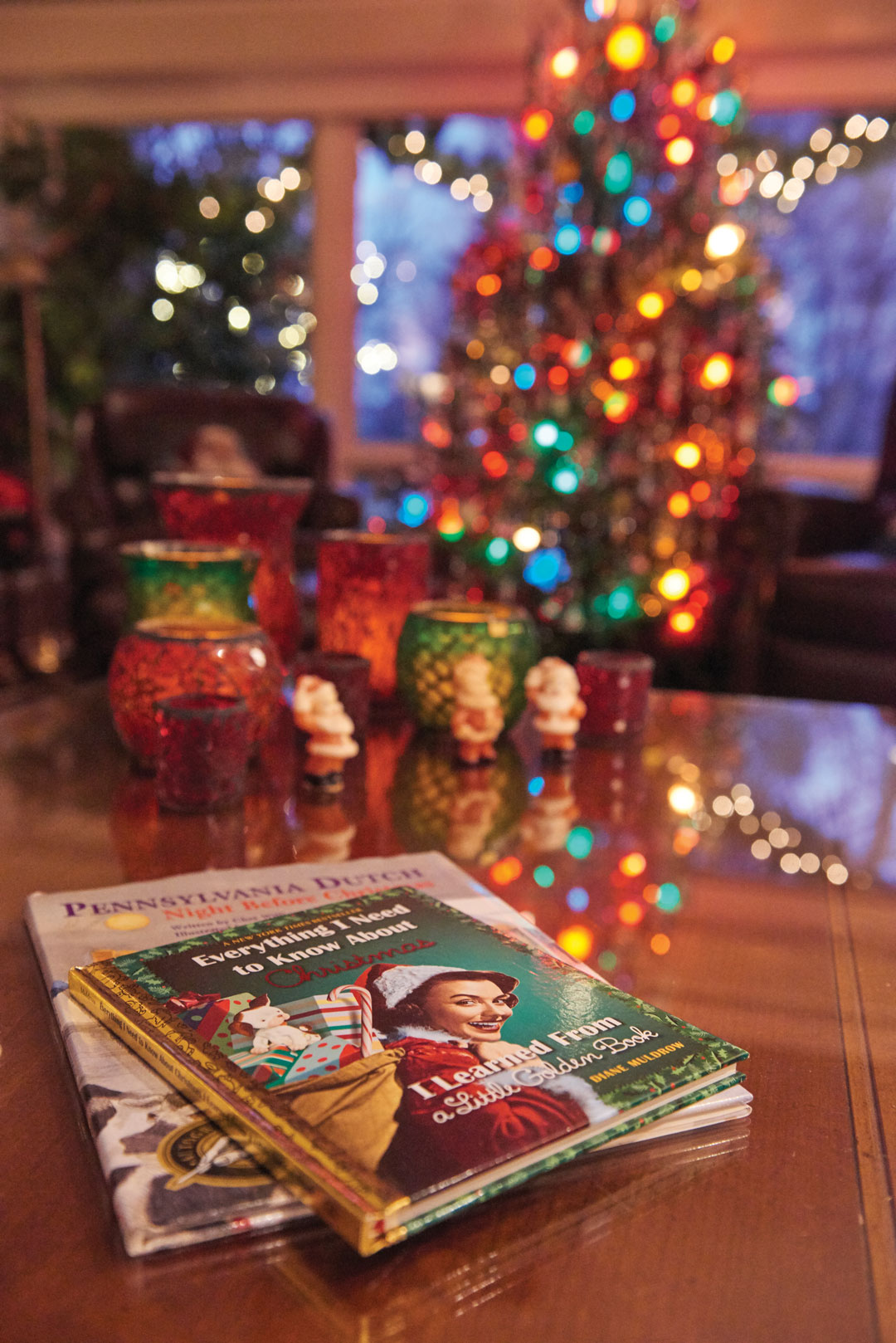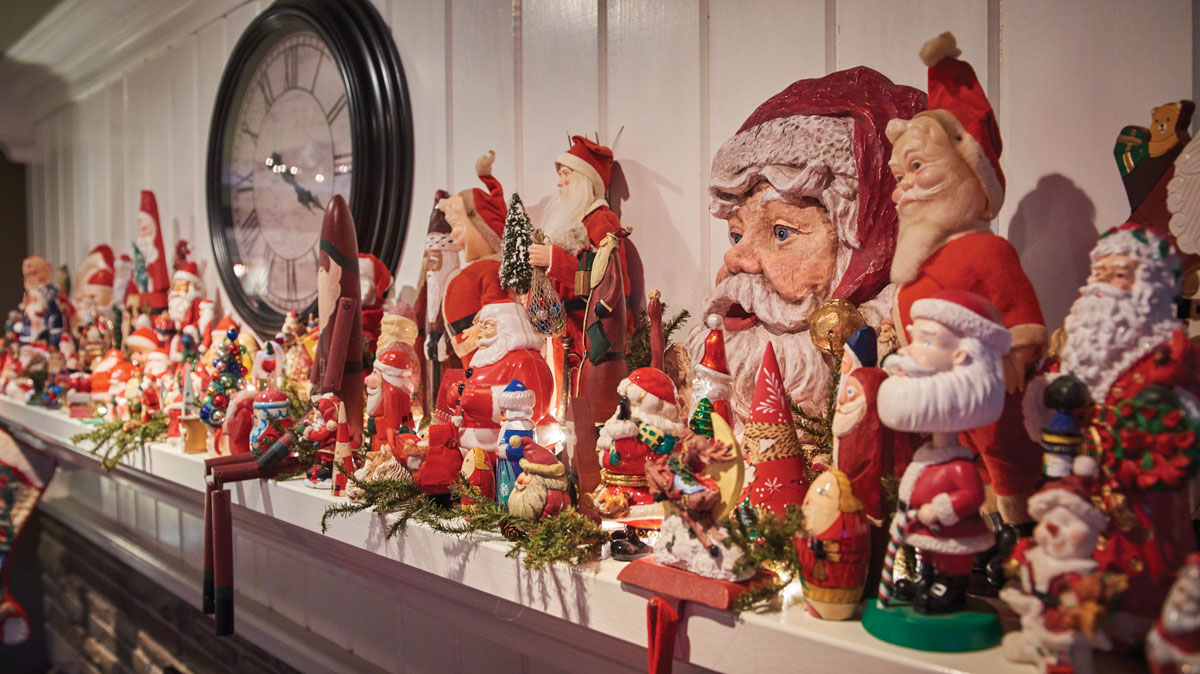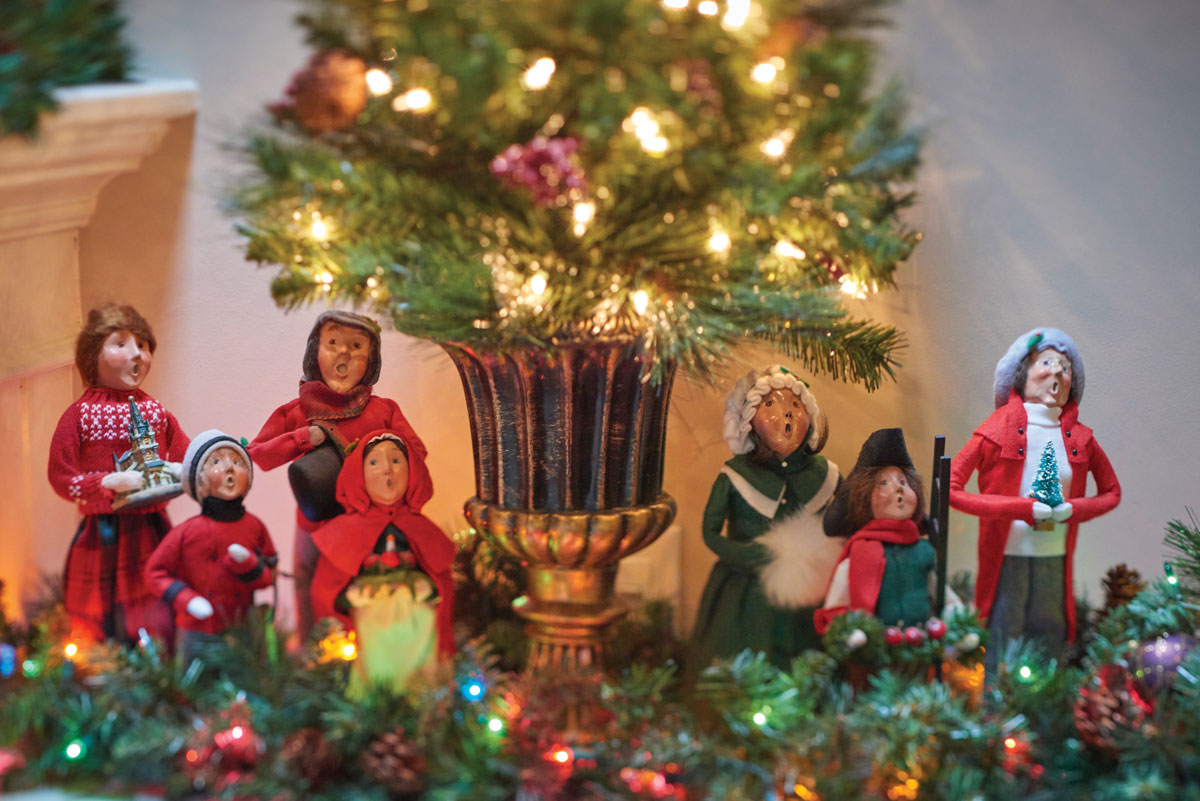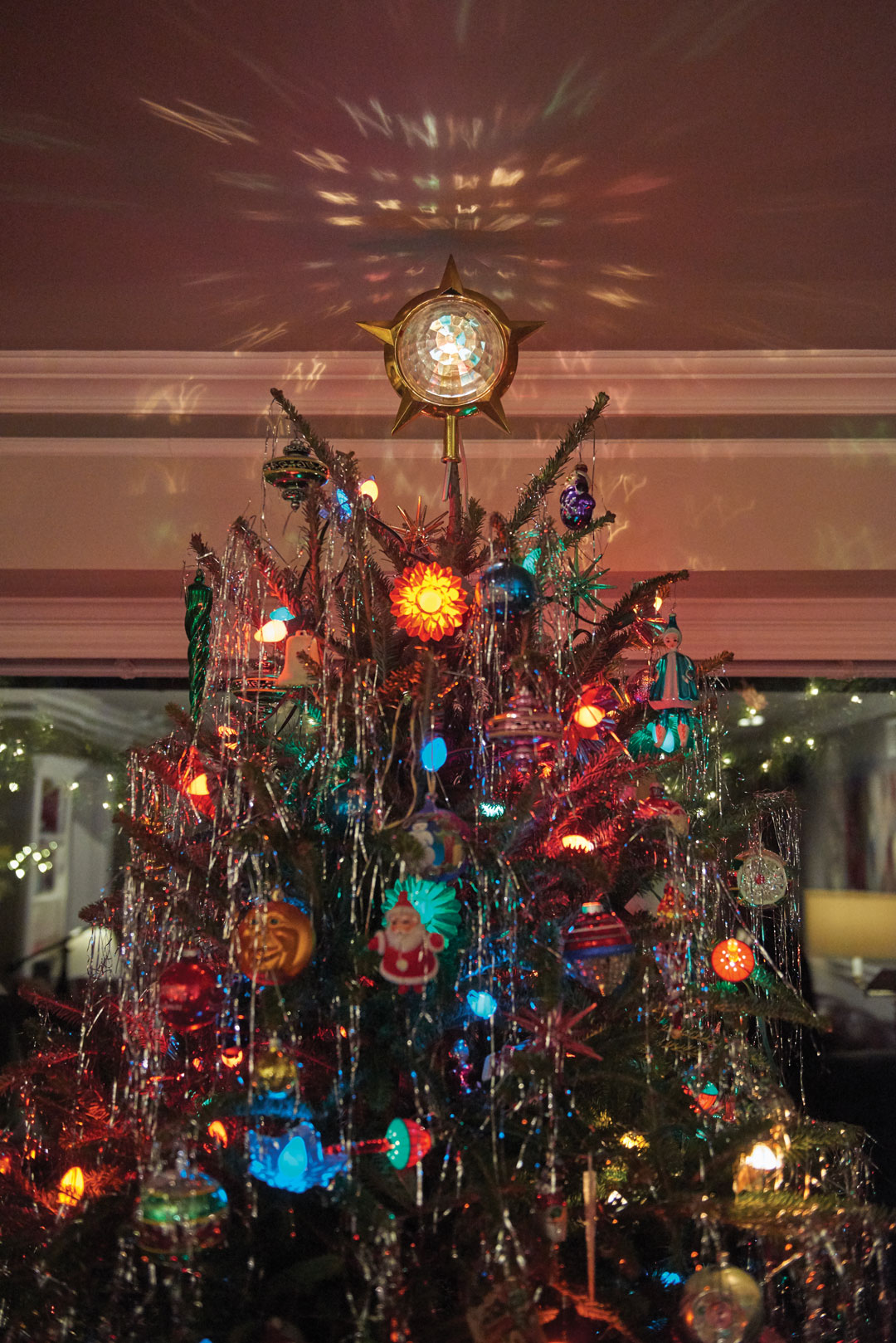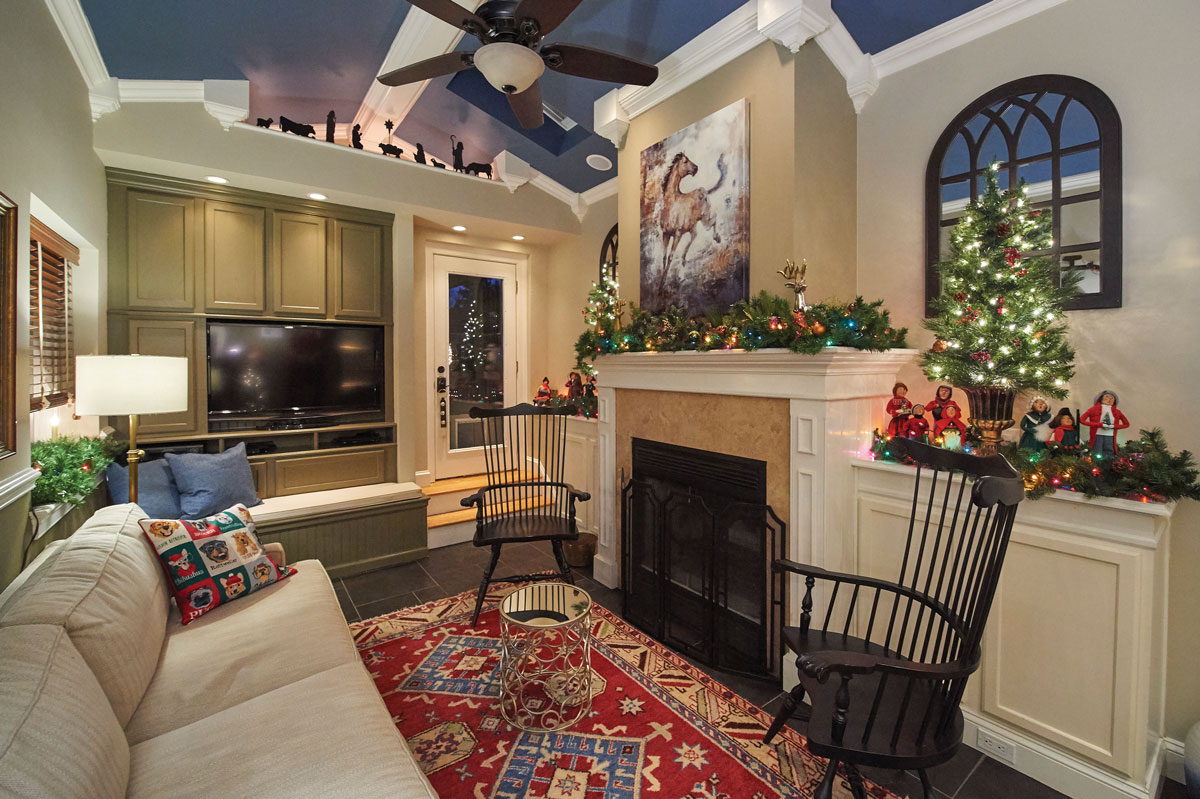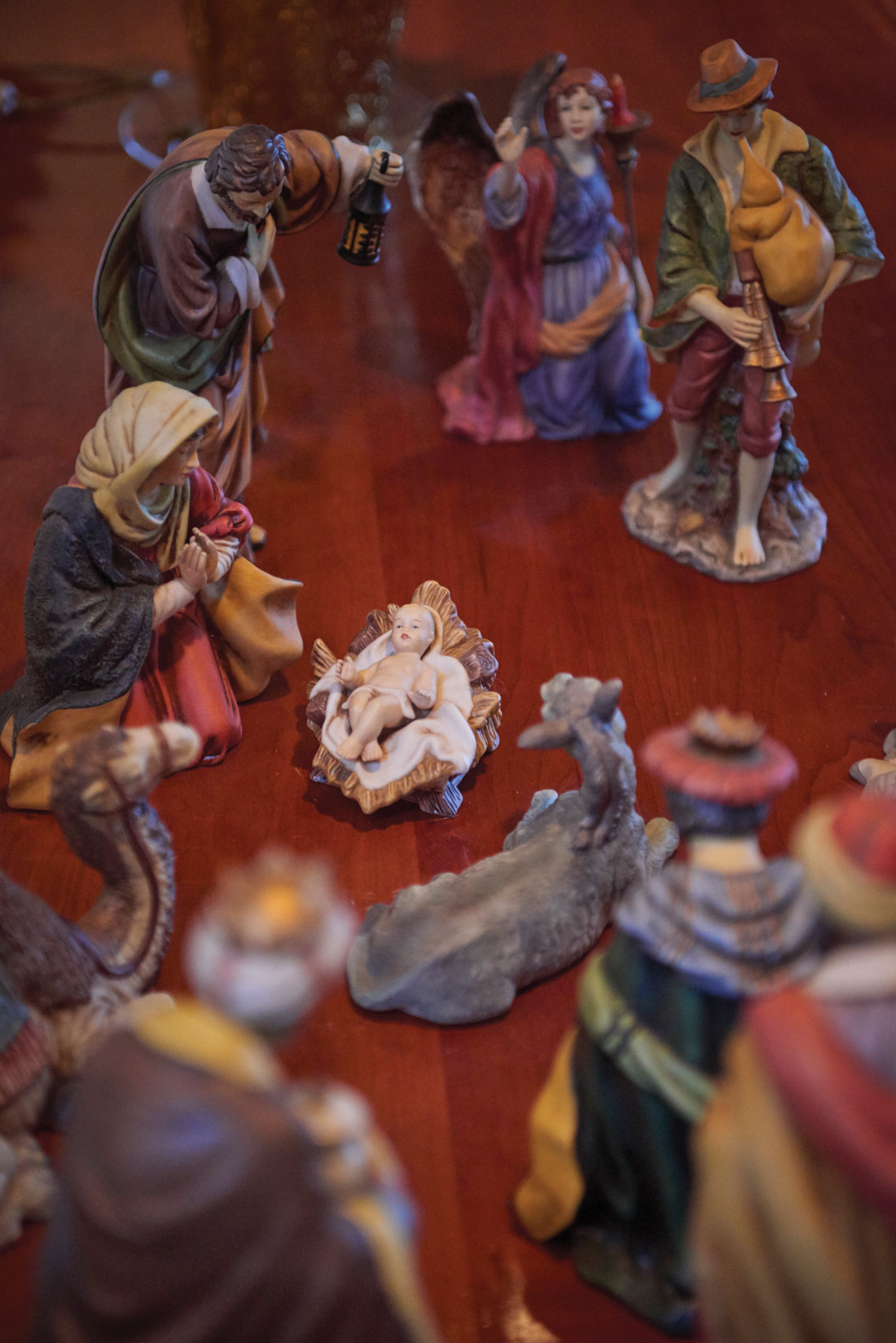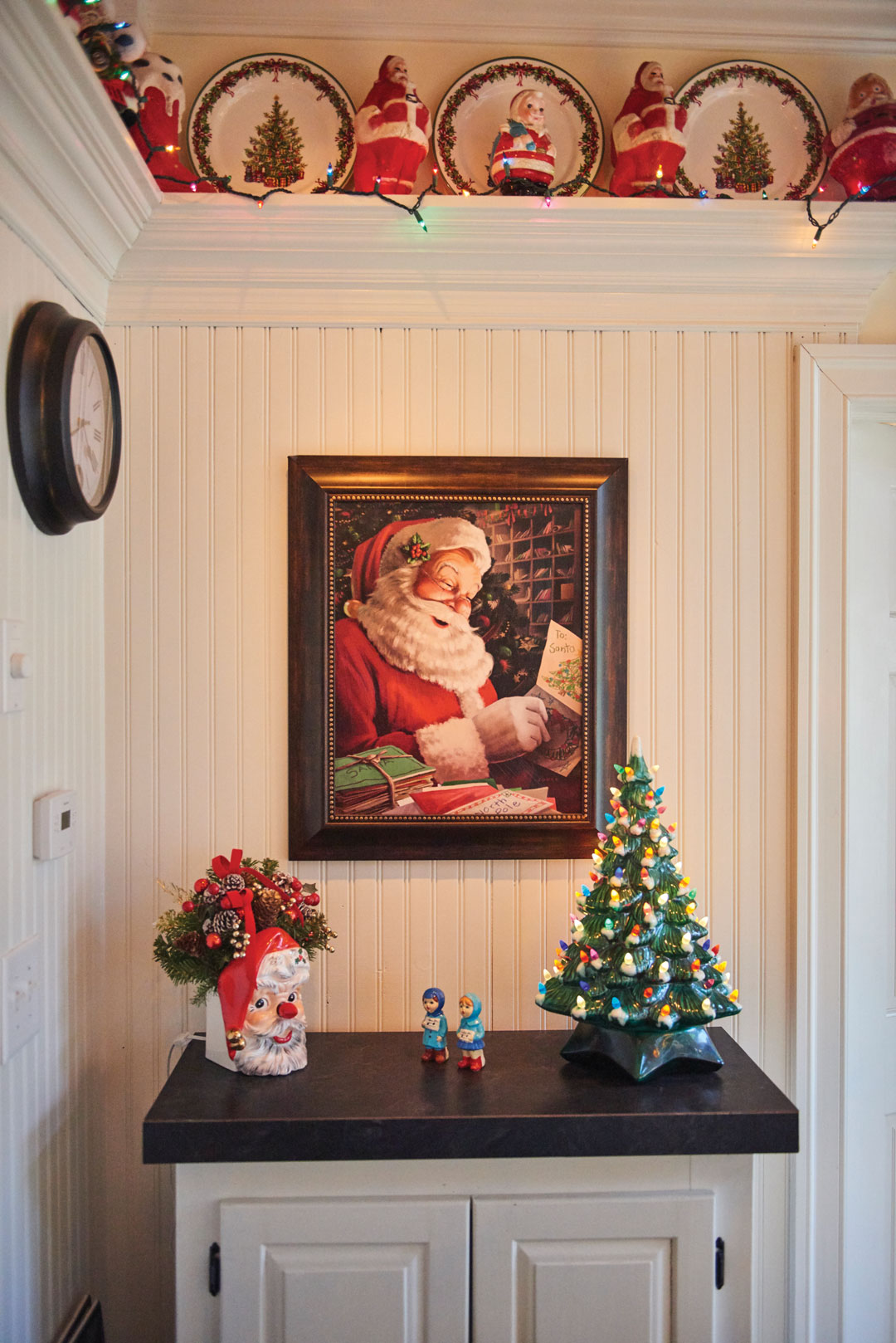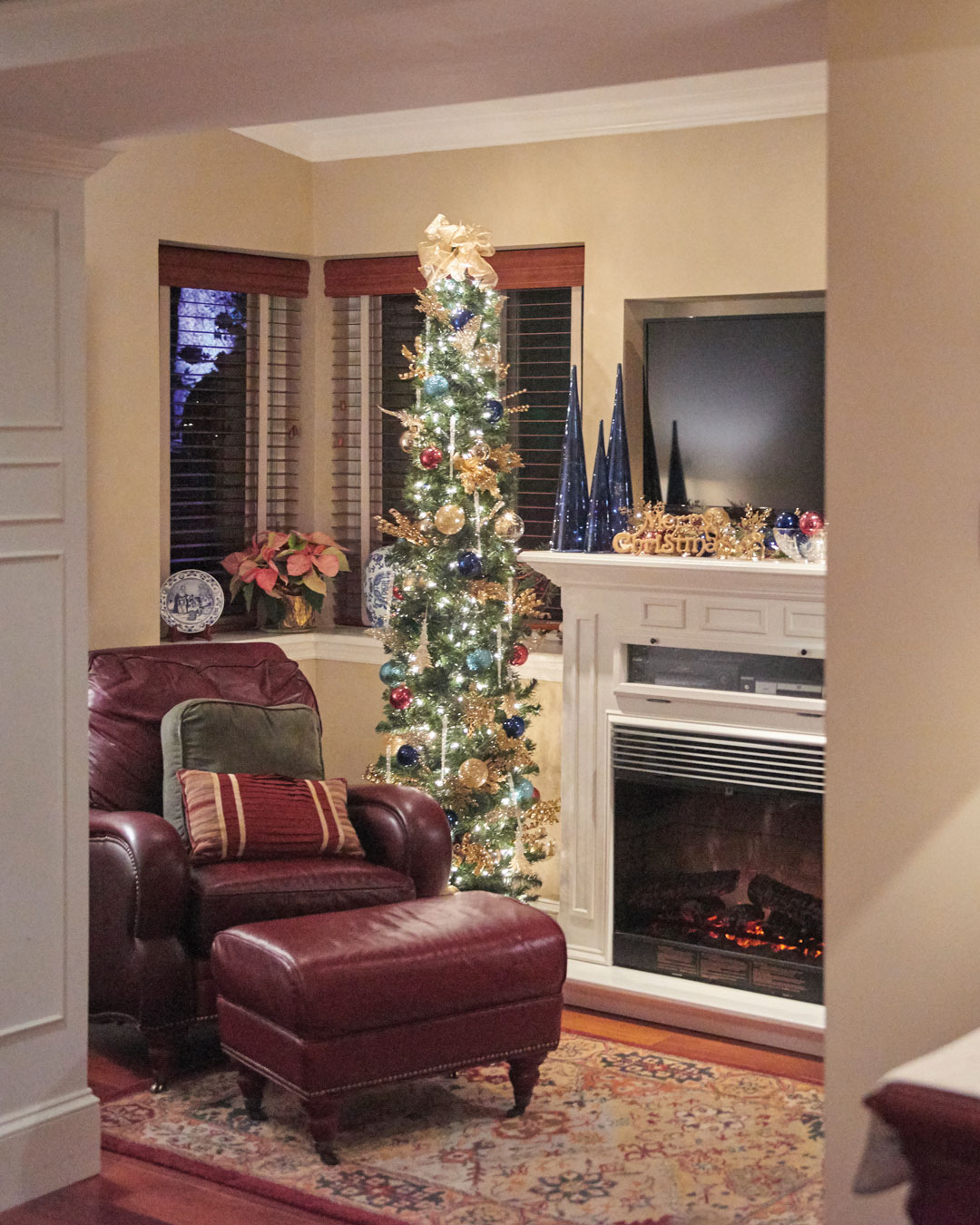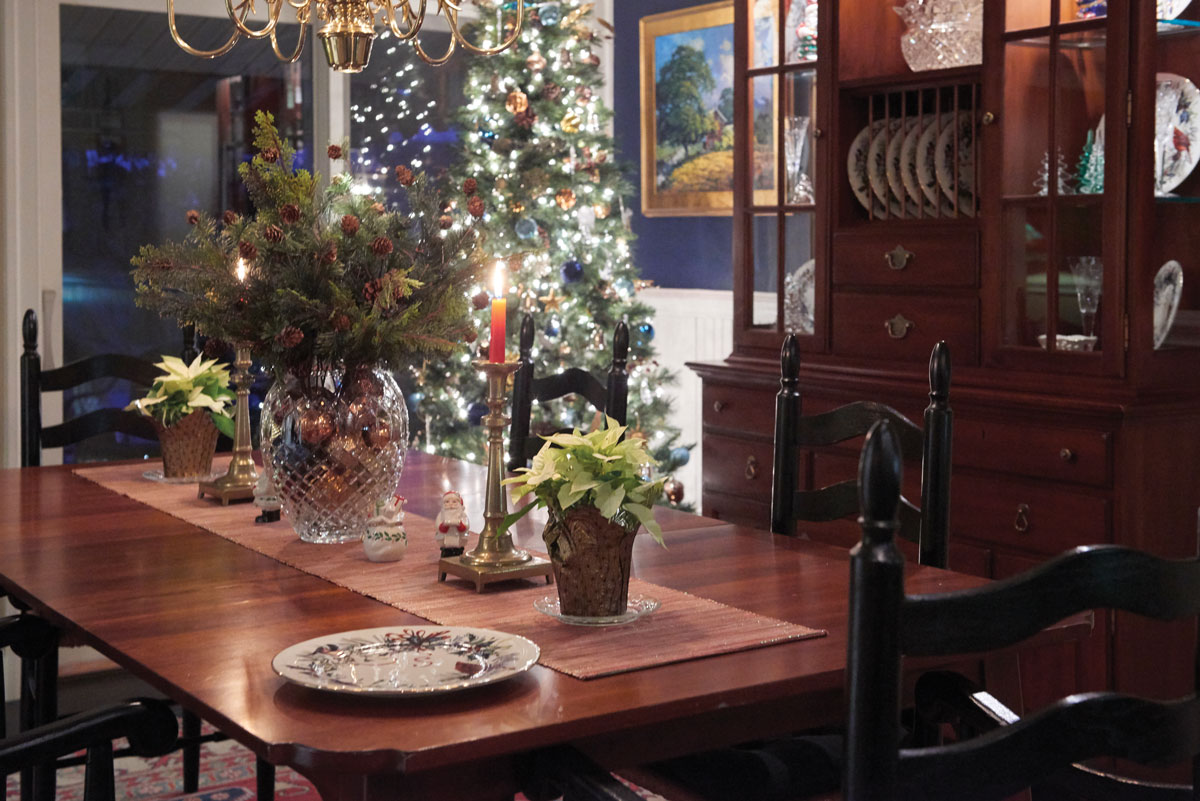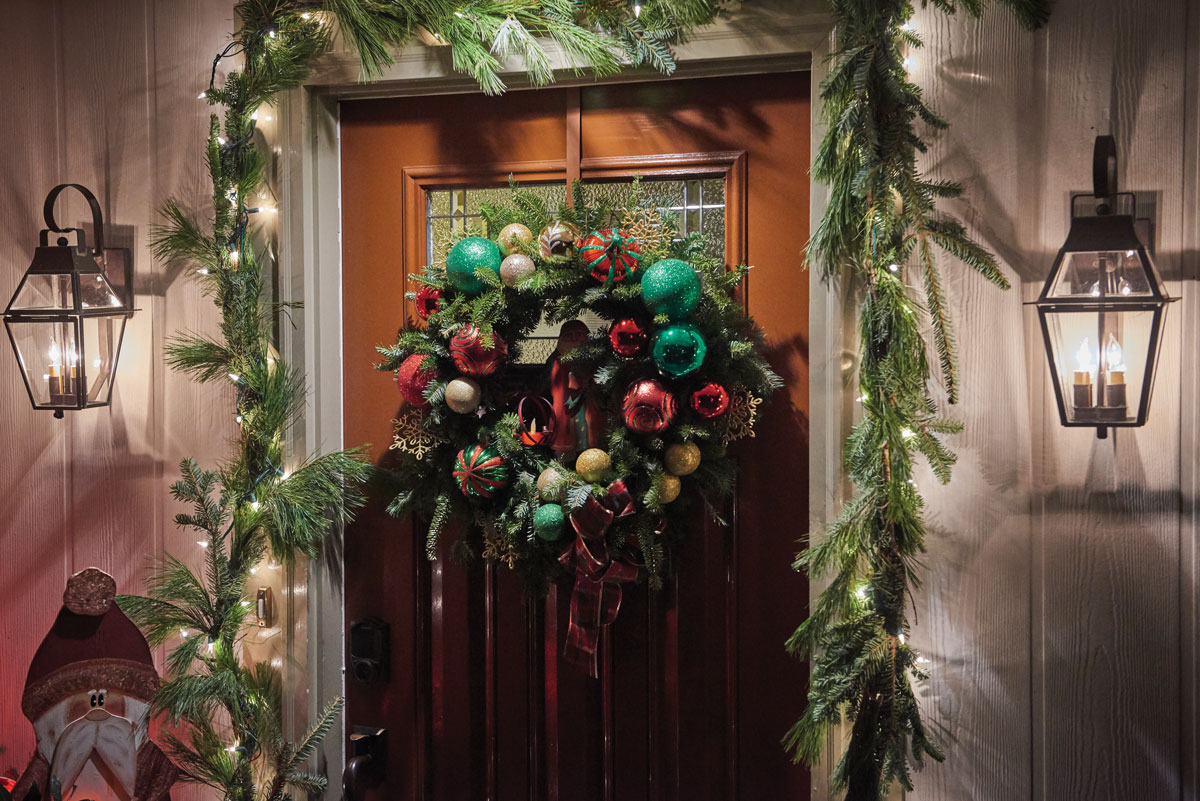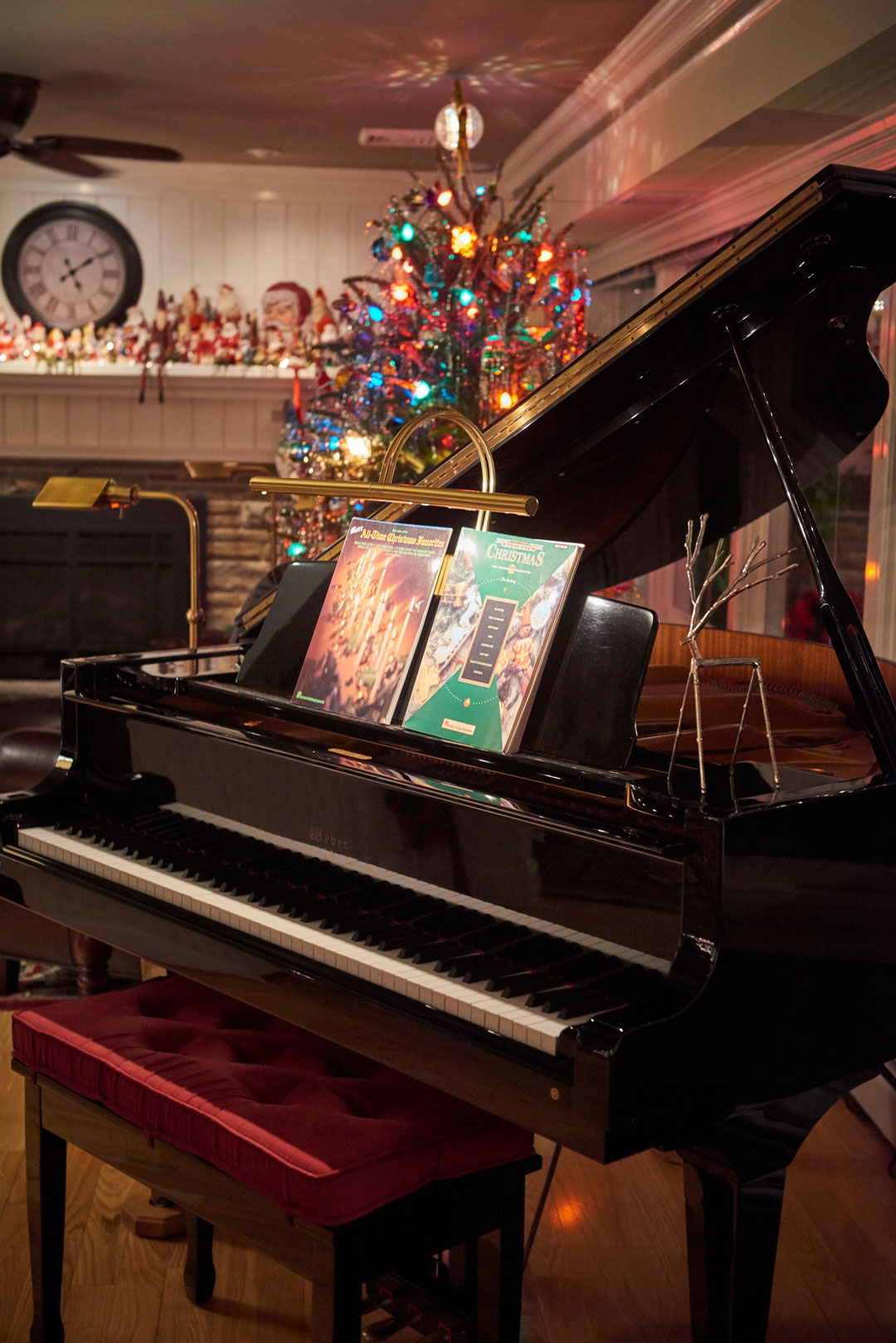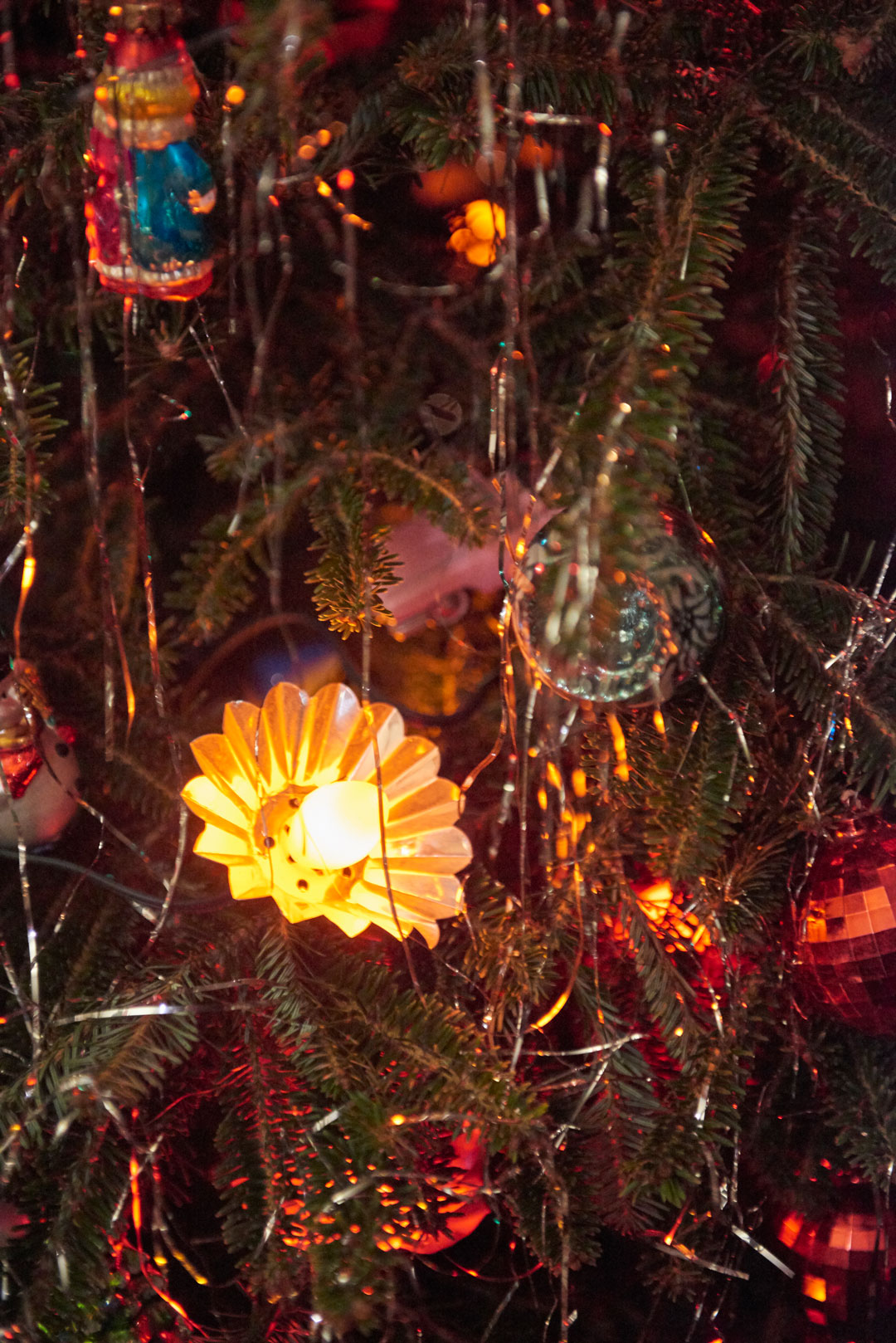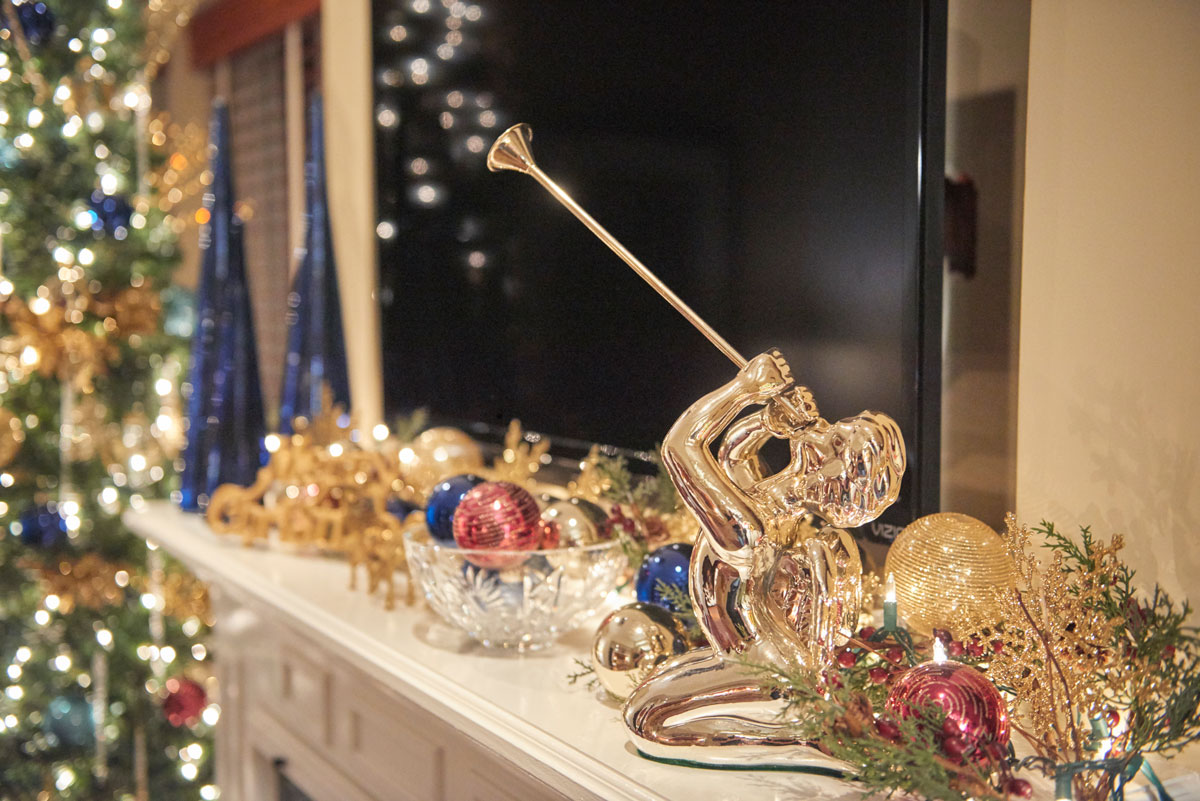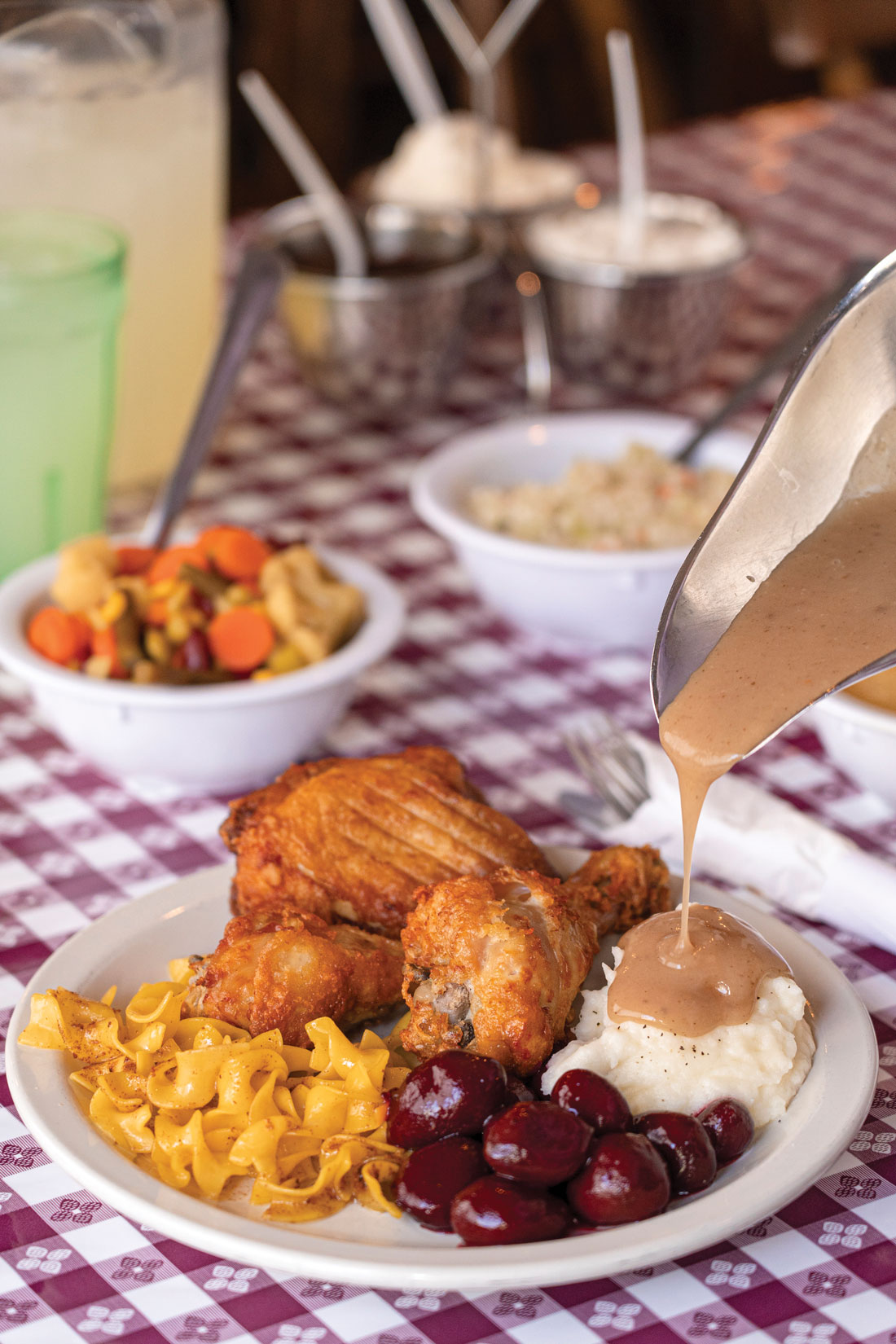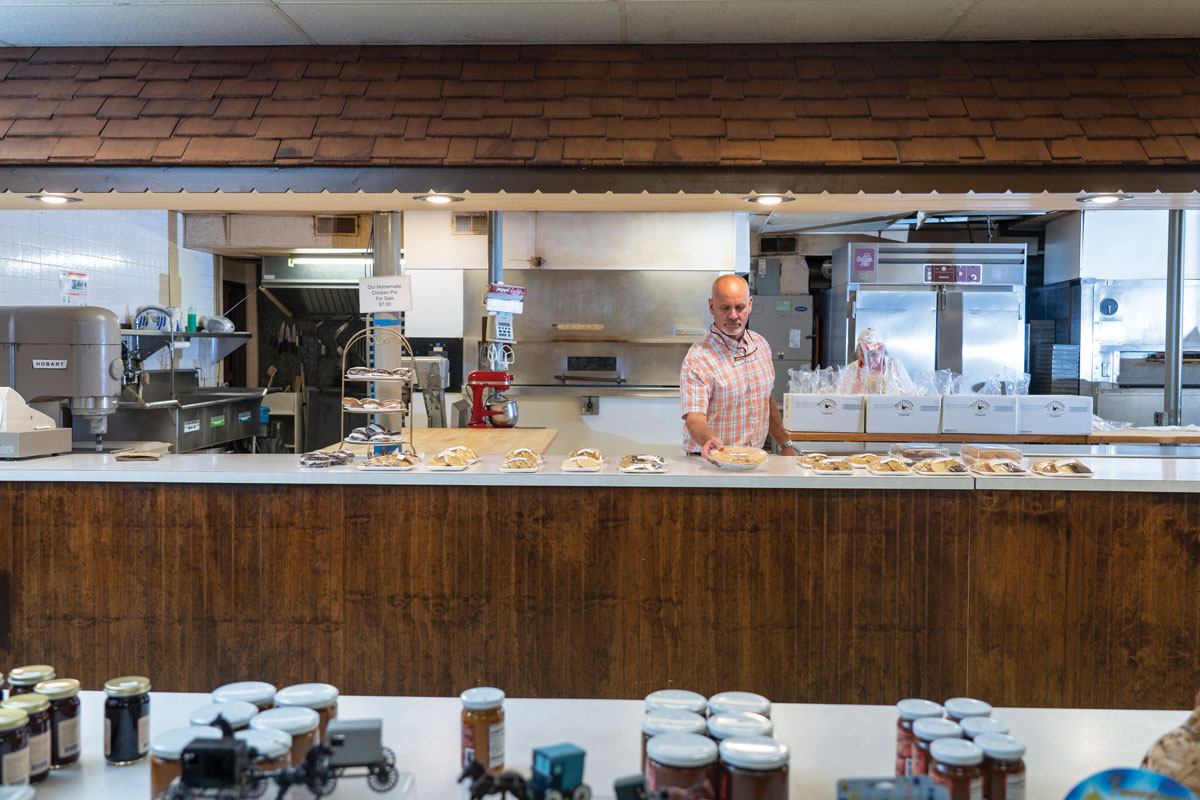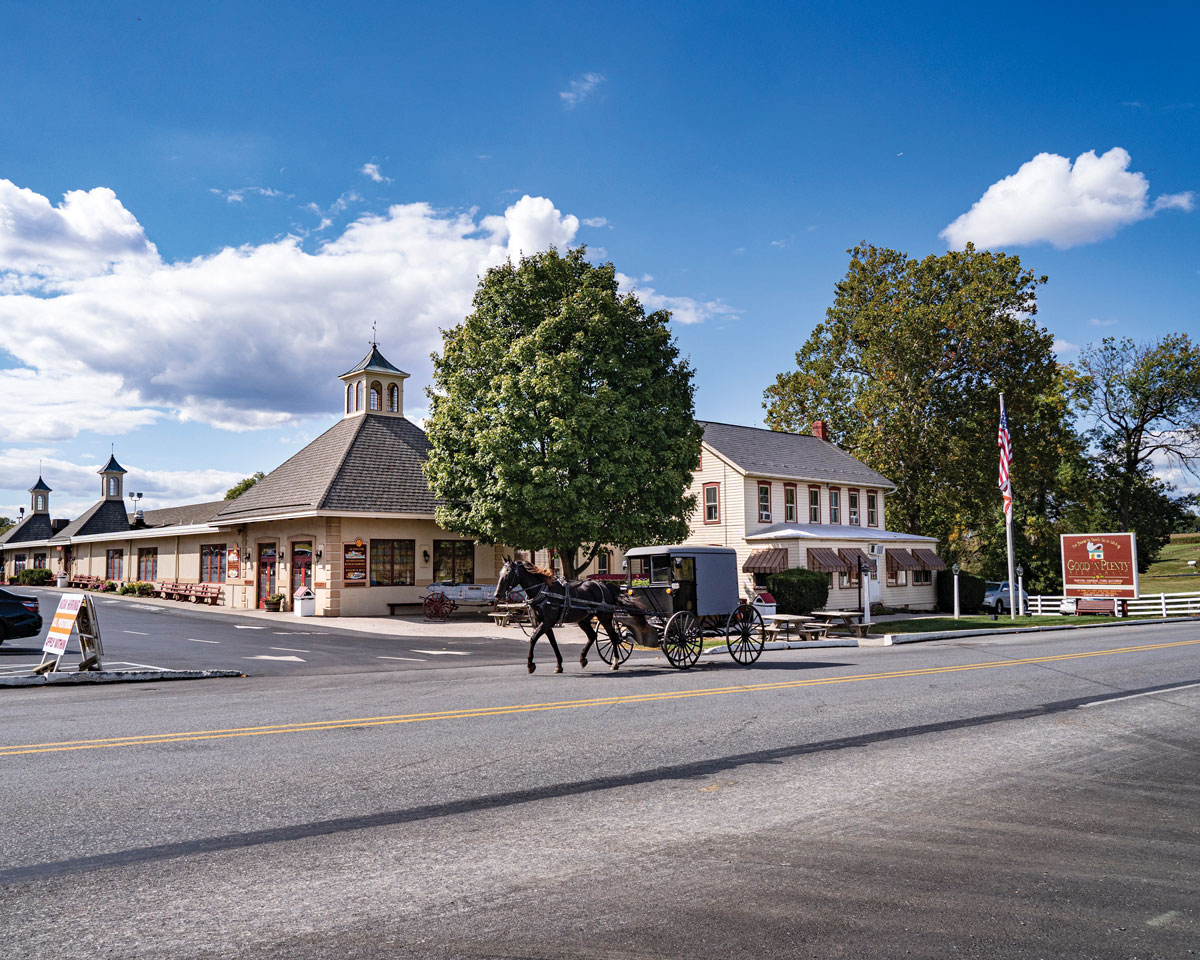“The success of every woman should be the inspiration to one another. We should raise each other up. Make sure you’re very courageous: be strong, be extremely kind, and above all be humble.” – Serena Williams
That was the day’s quote written on the dry-erase board in the basement of YWCA Lancaster one late October afternoon. “At every workshop there’s a different quote. We start out with a little journaling and a three-minute song,” says Charissa Gift. “Then, there are some announcements and time for anyone who wants to share something.”
Charissa is the vice board chair of Revolution, a nonprofit social enterprise that teaches women the craft of jewelry making. One of the original founders of Revolution, Charissa explains that the enterprise was created to “provide supportive community and empower women affected by homelessness or facing barriers.”
During the winter of 2014, Charissa and a group of friends were asked to volunteer at the emergency (winter) shelter at the YWCA Lancaster, which at that time was held in the basement of the Y. “That night we saw women and children sleeping on the floor in the basement, and then we were called to come back. We just kept coming back week after week with different things; we did nails, hair and just talked with people. We just wanted to show up each week,” she shares.
“From there, when the shelter was over that winter, we contacted Water Street Mission and asked if we could do a program there on Wednesday nights with women. For an hour, we would either play games, make crafts or do different activities, and we also provided childcare. It was just an hour where women could come, be themselves, have a little fun and connect with other women, and we’ve been doing that ever since.”
After seeing how creative the women were and how the outlet seemed to help foster a sense of community, Charissa and her friends wanted to try and make a social enterprise out of it. They entered their idea into the Great Social Enterprise Pitch – a “business plan competition for Central PA entrepreneurs with business ideas or start-ups that use a positive social and environmental impact model” (lancasterpitch.com). ASSETS and the Lancaster County Community Foundation helped Revolution to formulate their social enterprise and gave them a jumpstart.
Justina Godfrey, Revolution’s jewelry designer and owner of SolidWerks (solidwerks.patternbyetsy.com), helps to source the materials for the jewelry-making process. “I make sure everything is made in the USA, that it’s durable and has good quality,” Justina notes. According to Revolution’s website, “All of the metal hardware is 14k gold-filled or sterling silver, both of which are hypoallergenic and nickel-free.”
There’s a nice mix of pieces available, including three different collections – Bare, Journey and the most recent, Nomad – leather earrings, a double-wrap choker, leather single- and triple-wrap bracelets and more.
The website also mentions that their translucent packaging bags are environmentally friendly, too; the bags are 100% biodegradable, recyclable and are sourced from 100% sustainability managed forests.
The ladies, or “makers,” take pride in their work. They make a commitment to show up each week not only to make jewelry, but to also be a part of something greater – to support each other, to create, to be part of a thriving community.
“The program is fantastic. It’s jewelry by women for women. It’s very uplifting and very positive, and the jewelry itself is a really good product,” shares maker Karen Krause, who is originally from Brooklyn, New York. “I’m proud to be able to put my name on one of the cards and say I made that piece of jewelry, and I’m so excited to see that it’s growing more and more.”
Another maker, Donata DiGuglielmo, who is a Philadelphia native and has been with Revolution for a little over a year, says the program is “very empowering. I love talking with the ladies. I’ve always been a crafter, so I love making the crafts and learning something new … and laughing.”
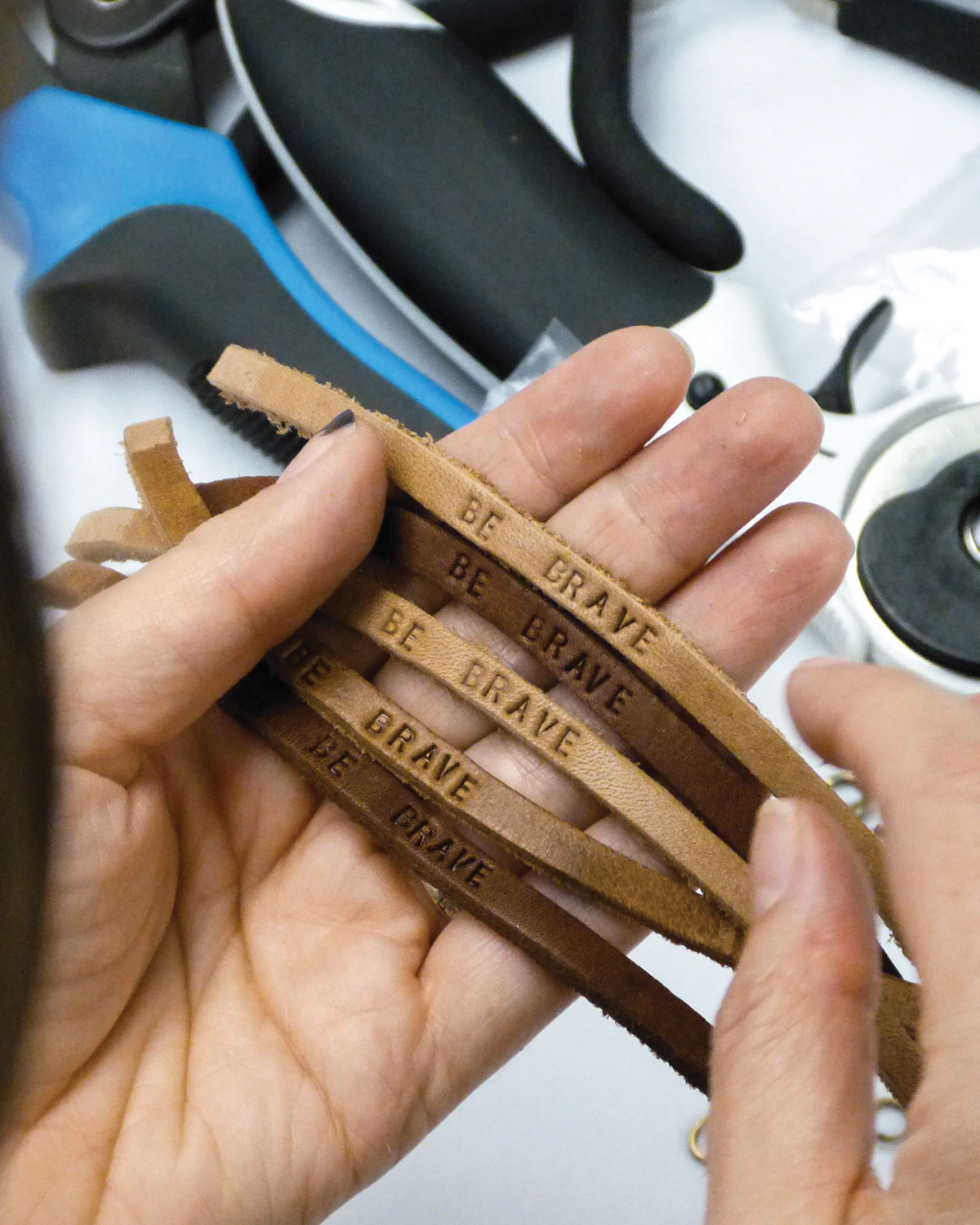
Leather is another oft-used design element, as it is used to craft chokers, wrap bracelets and earrings.
Currently, there are 12 women who participate in the social enterprise workshops held at the Y. Charissa says there is more of a turnover with the community nights at Water Street Mission, where 10 to 15 women typically participate each week. Statistics from the Revolution website state that in 2018 “13 makers earned $5,257 collectively,” according to their Maker Report.
There are also different levels throughout the makers’ journey where the women advance in the jewelry-making process, such as the Pioneer level (entry), Voyager (intermediate), Ascender (advanced) and Master Maker.
Charissa explains that the workshops are treated like places of employment. Like most jobs, participants must be on time, be responsible for different tasks, provide quality results and so forth.

The Bare Bracelet represents the notion that a woman is “beautiful as is.” The design is “flexible, open and free.”
“They get paid per piece of jewelry, so they get a small income out of it. A lot of people use it for gas money or bus money,” Charissa notes. “It also provides training in a new skill. It’s about learning those real-world job responsibilities, or soft skills. We’re there to help with those types of skills. This is a supportive employment environment, so it’s almost like a transition to other employment or full-time employment. We’re there to help with whatever we can.”
There are no specific criteria to participate with Revolution. The women have either experienced homelessness or other barriers in their life. Revolution receives referrals through various organizations, such as Water Street Mission, the YWCA and Tabor Community Services.
“We work with women who may have disabilities; we try to work with anyone that we can. The only thing we ask is that they commit to coming each week to the jewelry workshop, the social enterprise at the Y,” Charissa states.
How You Can Help
Revolution participates in the Extraordinary Give each year, which is an important fundraiser for them. They also try to host another fundraiser, usually around the spring or fall, that coordinates with a new launch.
Revolution also attends various local makers markets, expos and conferences. The ladies plan to attend Gifts that Gift Hope Gift Fair on December 7 at the Junction Center in Manheim and the Creatively Lancaster Makers Market at Park City Center on December 14.
You will also find Revolution jewelry sold at these local participating retailers: Sophie Stargazer Boutique (Lancaster), Prussian Street Arcade (Manheim), and Clean Slate Goods (Kennett Square).
“We’re always open to donations, and buying our jewelry also makes a big impact,” Charissa says with a smile.
Water Street Mission continues to have its Revolution Wednesday Community Night program from 7-8 p.m., where women can take part in the jewelry making and talk with other women; childcare is provided. The social enterprise workshops are held every Wednesday, unless otherwise noted, at the YWCA: the first workshop is held from 10 a.m.-12 p.m., and the second workshop is held from 1-3 p.m. For more information, visit revolutionlancaster.com.

